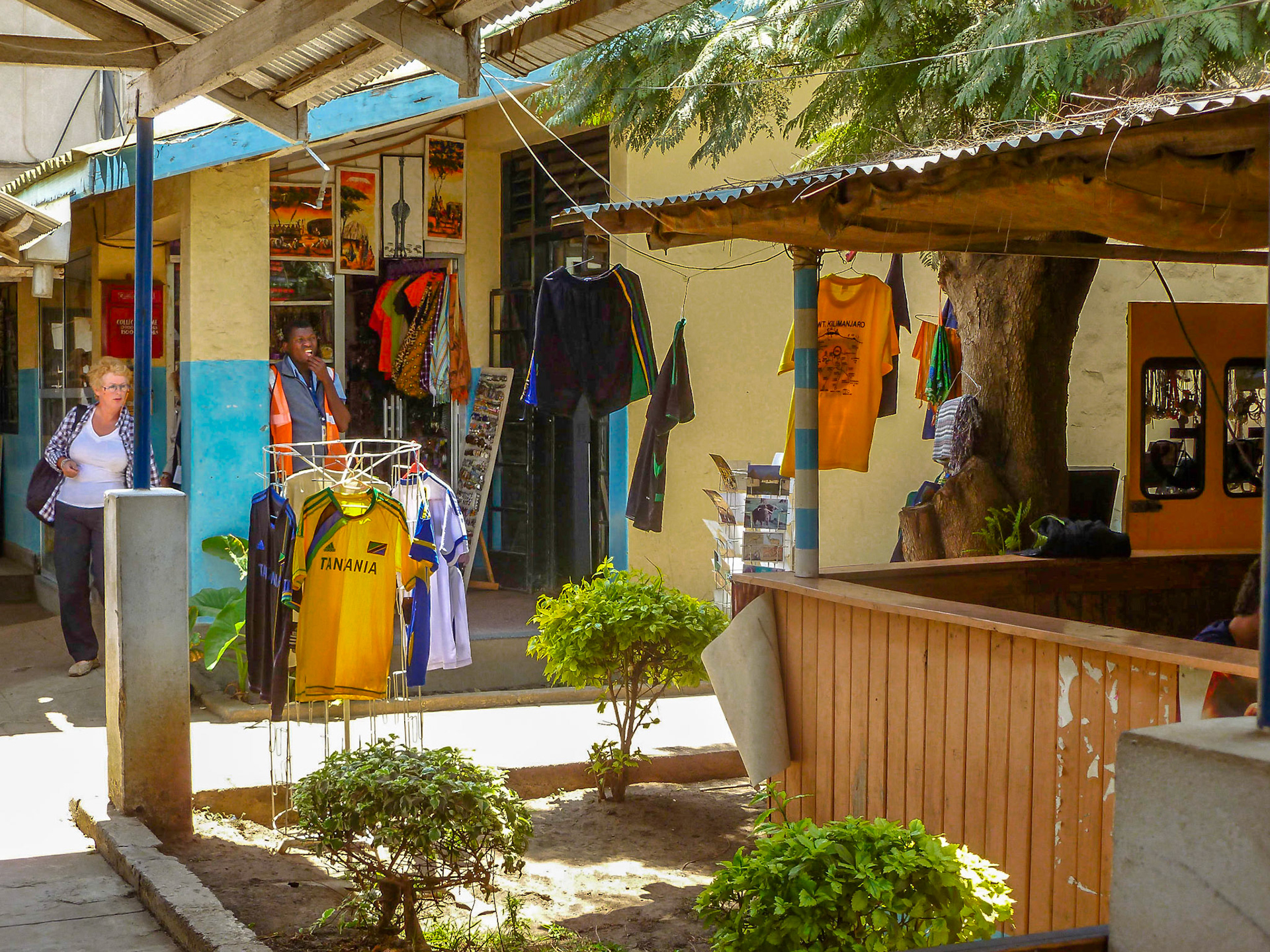We were lucky enough to be able to enjoy a safari for our silver wedding anniversary & spent a fantastic week in Tanzania. In this part of Africa, where you go for your safari depends on when you go, courtesy of the annual migration; principally of some 3m or so Wildebeest but where the prey animals go, by & large, so do the predators; otherwise it can be a very competitive few months on the food front!
Apparently, it all starts in the area around the Ngorogoro Crater in Tanzania - we learnt that the Wildebeest return here to give birth each year but, since the area has a volcanic past, the grass here can only sustain the massive volume of wildebeest, together with their companion Zebra herd, for a short time. Graduating then to the Serengeti & other areas until they wear those down and then have to cross the Mara river into Kenya. The exodus to Kenya takes place around April each year, with the return around October. Since we wanted our trip around our wedding anniversary, it was Tanzania for us.
Our trip started one beautiful evening at Heathrow for our overnight flight to Nairobi. We crossed the north coast of Africa around four hours into the eight hour flight & it was shortly afterwards that I realised exactly how big Africa really is! Tracking progress on my seat back screen, the graphic for the plane seemed to be making very little progress between the relatively few landmarks on the screen, and yet the rational side of my brain knew we were flying at approaching 600 knots an hour.
Nairobi airport was like no other that I've ever been to & was a very good indicator that we were stepping into a whole new world. Whilst Heathrow is probably one of the busiest, if not the busiest, airport in the world, splitting the volume between five terminals seems to dilute this fact - not so with Nairobi! Although there are two terminals, much of the passenger traffic apparently passed through Terminal 1. It has to be said that this was probably inadequate for the volume being seen through it in 2012. It was a heaving, chaotic environment, but also quite charming in its own way. We quickly learnt that they do things very differently there - having been directed to the relevant gate for our onward "hop" across the border to Kilimanjaro, it turned out that there were multiple flights using this gate at pretty much the same time so we narrowly missed taking the wrong one.
The flight to Kilimanjaro was around an hour, passing close to the peak of the mountain. The airport there was probably one of the slickest that we've been through - once you'd shown your Yellow Fever certificate to the burly security guard airside of the terminal! Once through, we were met by a rep of our tour company and taken to our overnight lodge in Arusha, which is apparently the safari capital of Tanzania and, at the time, its other claim to fame was as the home of the Rwandan War Crimes Tribunal! After a briefing later that afternoon, our safari proper started the following morning when we were to meet our driver at nine.
Almost all land safaris (it's not the only way to safari) start from Arusha & depending on how long you trip is governs how far west you get. In the early days, we'd see many of the same people at breakfast one morning & then again at the next lodge, either at lunch or dinner, depending on the itinerary. As the week progressed, however, the numbers became fewer and fewer as the shorter trips came to an end. Our trip was a seven day tour, taking in the parks of Lake Manyara, The Ngorogoro Crater and the Serengeti, coming to an end near the Grometi river in the western Serengeti from where we flew back to Arusha for our onward flight to Zanzibar.
Our trip revolved around a series of lodges where the general format was a large central building for reception, dining facilities etc, surrounded by the accommodation in a number of smaller buildings, which would have sometimes two, sometimes four individual units. In the Serengeti, whilst the park authorities allowed the building of lodges, they don't allow them to be fenced so small members of the deer family were regularly seen close to the accommodation. At night, to move between accommodation & central facilities it was necessary to have a chaperone, equipped only with a torch; said to be adequate to despatch any nocturnal visitors!
On our second day, en route to the Ngorogor Crater, we visited a family of the native Iraqui tribe & learnt about their culture & history. We were all struck by out host's pride in his ancestry.
The Ngorogoro Crater is worthy of special mention. This is an extinct volcano whose rim is some 7,500 feet above sea level ( Nairobi is around 4,500), which is the point at which altitude sickness, in a relatively mild form, can begin to be felt. The lodges are located around the rim & in our case, we had two nights there so as to allow a full day animal watching on the caldera floor of the volcano - around 1800 feel below the rim.Unlike the rest of Tanzania, the grass is relatively rich on the caldera floor & the animals have pretty much all that they need all year around so there's no migration from here.
Our final night, near the Grometi river was spent under canvas in a fantastic encampment styled on the Edwardian traveller. As you'll see from the images, things were a long way from the Scout tents I'd inhabited as a youngster!
Our driver, Billie, was an absolute gem and all four of us on the trip agreed that he'd made it so special for us. At the start, he made it very clear that this was our trip & he would do whatever we wanted, within the broad constraints of the programme of travel. In fact, it was he who regularly changed the itinerary & suggested alternatives and we were very happy for him to do so; after all, he'd done this many times so was best placed to know what and where! In conversation with him through the week, we learned that he's started out professionally as a vet working for the Government, but couldn't make it pay, so converted to the Safari industry. We were all convinced that his knowledge of animals from his former profession enriched the trip immeasurably. He also had the patience of a saint, and amazing eye sight - in one instance he saw a leopard asleep in a tree that I could only see having taken a series of shots of the branch ( with a 200mm lens and 1.4x convertor) and subsequently zoomed in on the screen of my camera!
We were struck by many things on the trip; the enormity of the country ( the Serengeti is just one of 9 national parks & alone roughly equates to the midlands region of the U.K ), the friendliness of the people & the special privilege of being so close to such fantastic animals in their natural environment.This gallery is restricted to the country/landscape of Tanzania with a separate one dealing with the animals; and a third for our next stop - Zanzibar.
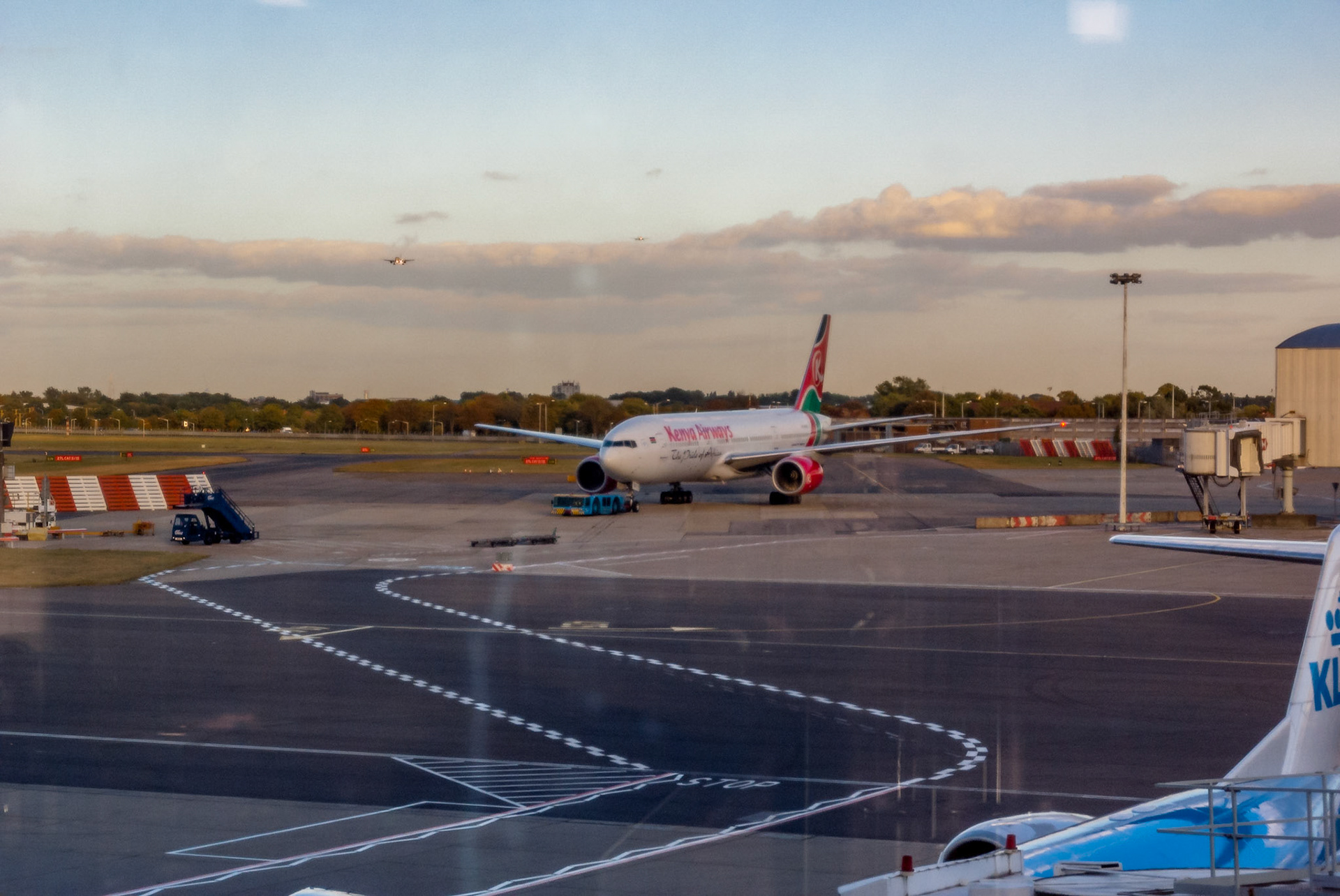
The start of our adventure- Heathrow
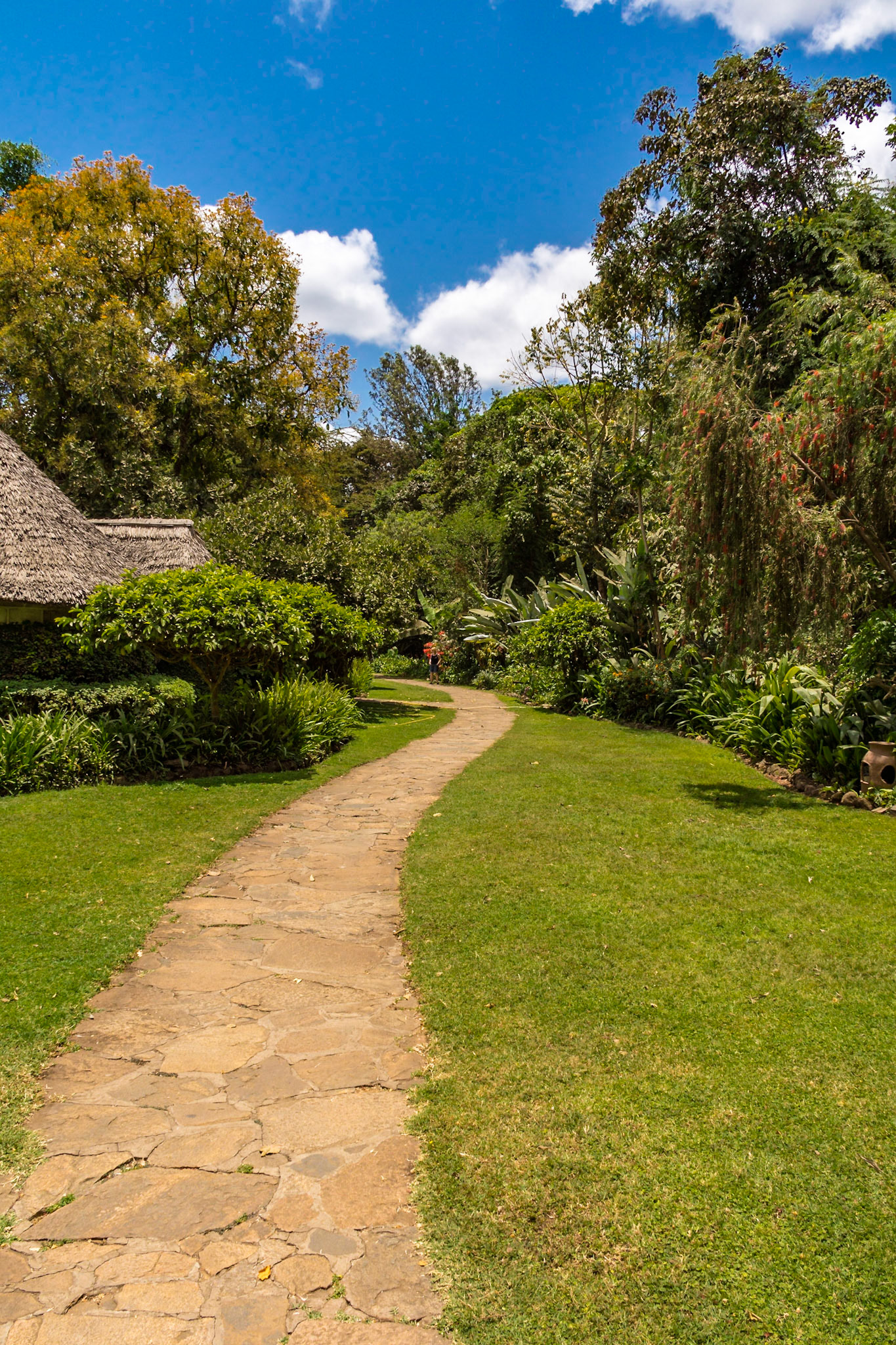
Lodges midst the greenery
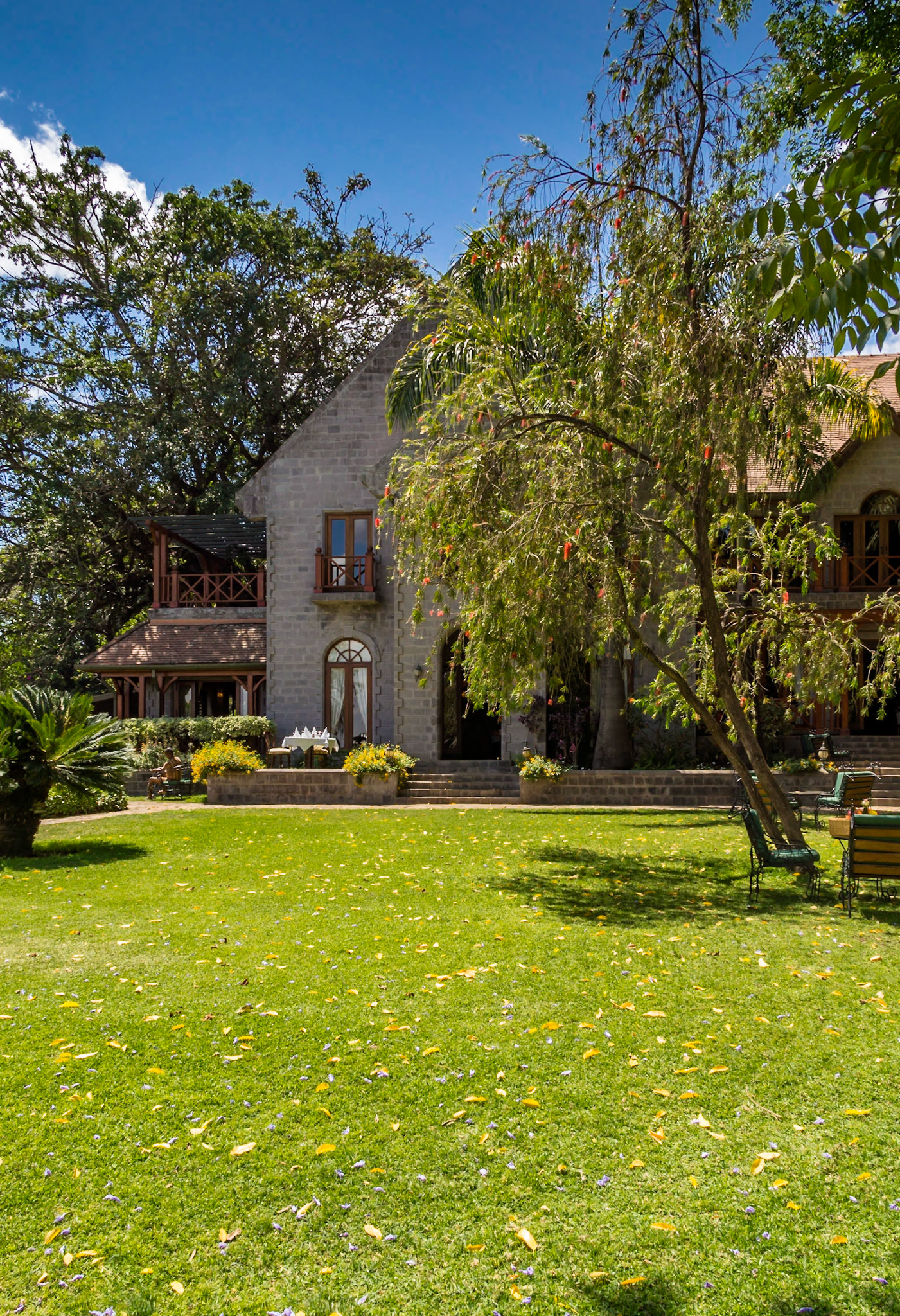
Central Building, Arusha lodge
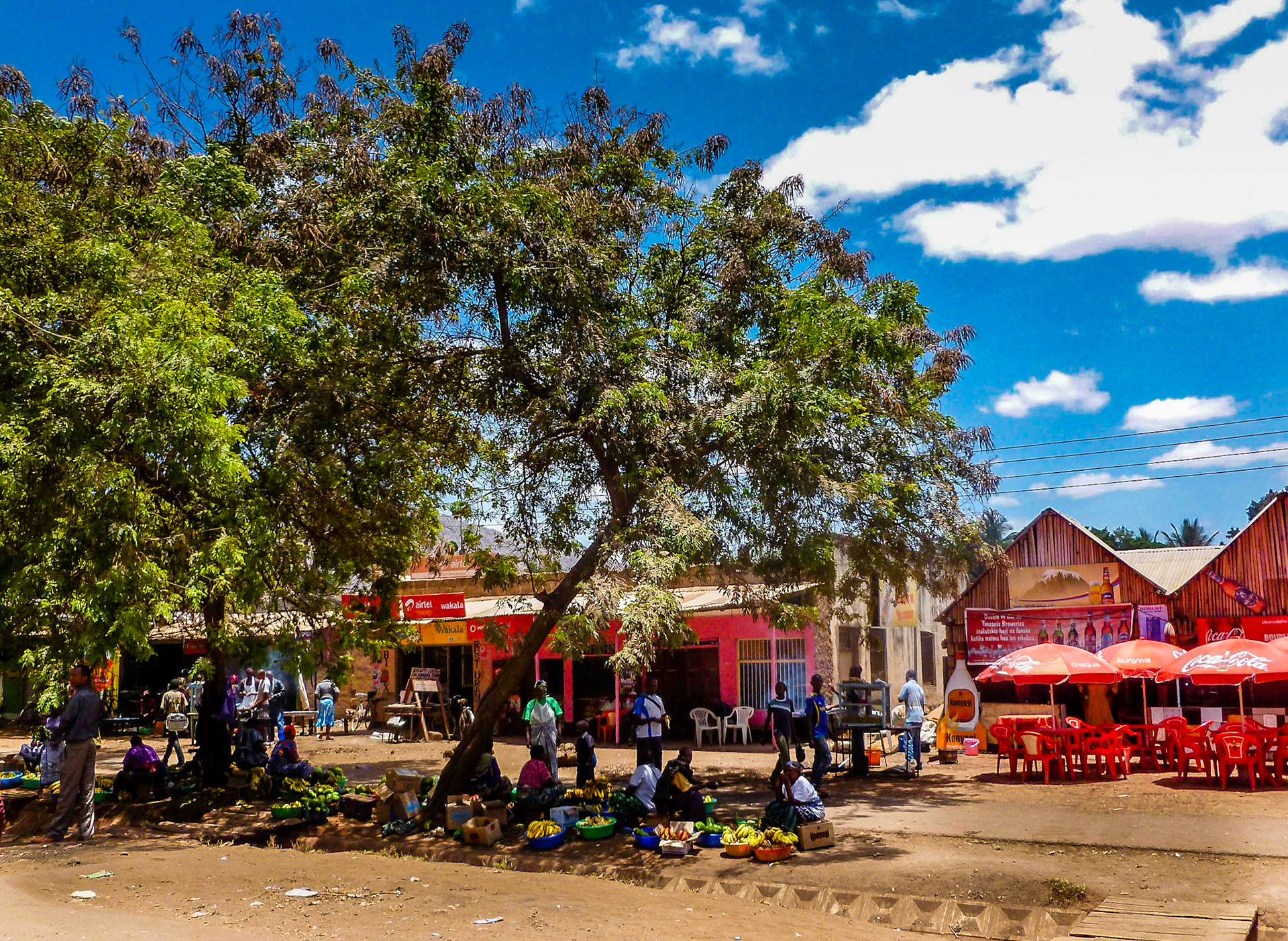
Local Commercial Centre
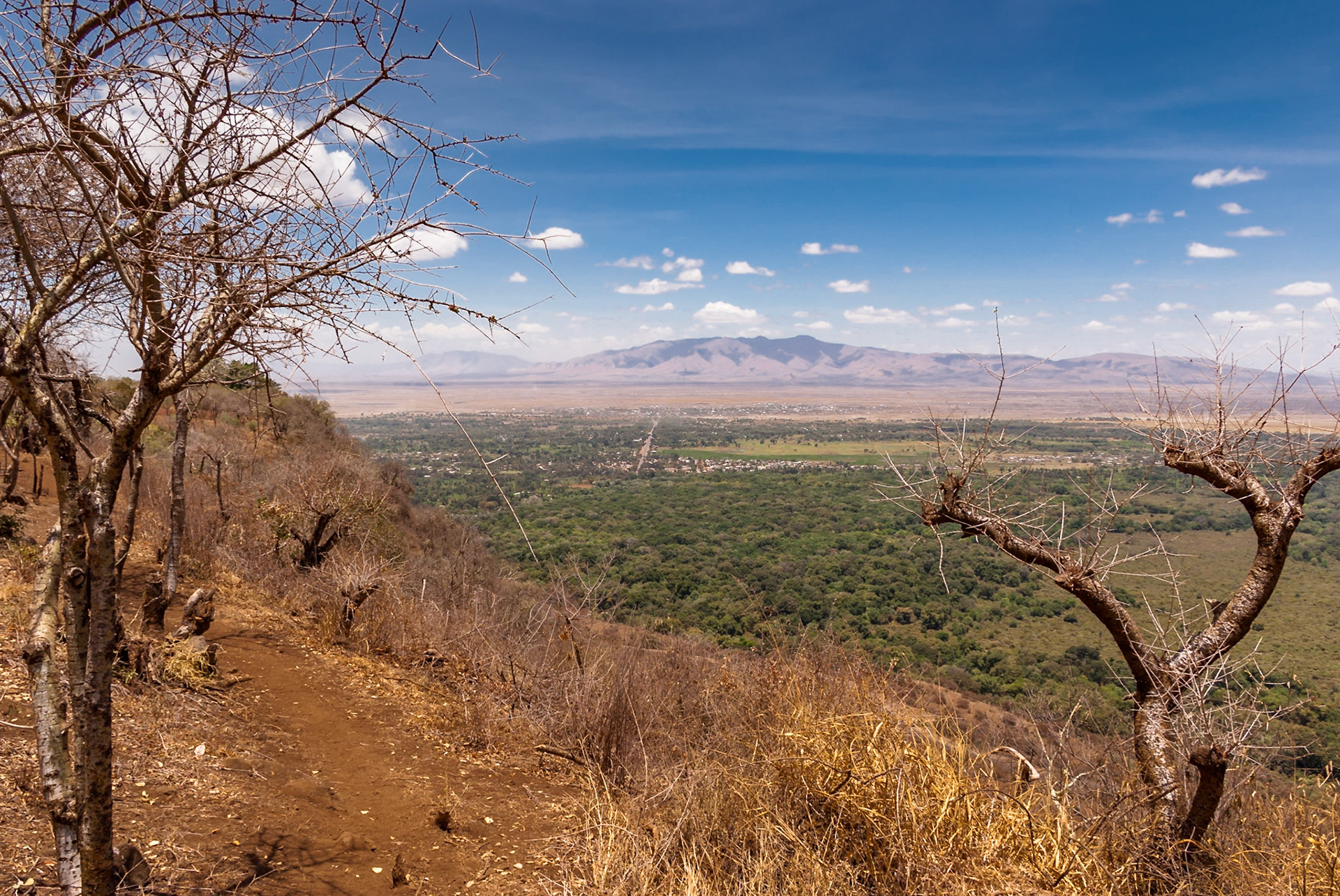
View down from our lodge by Lake Manyara onto the plains below
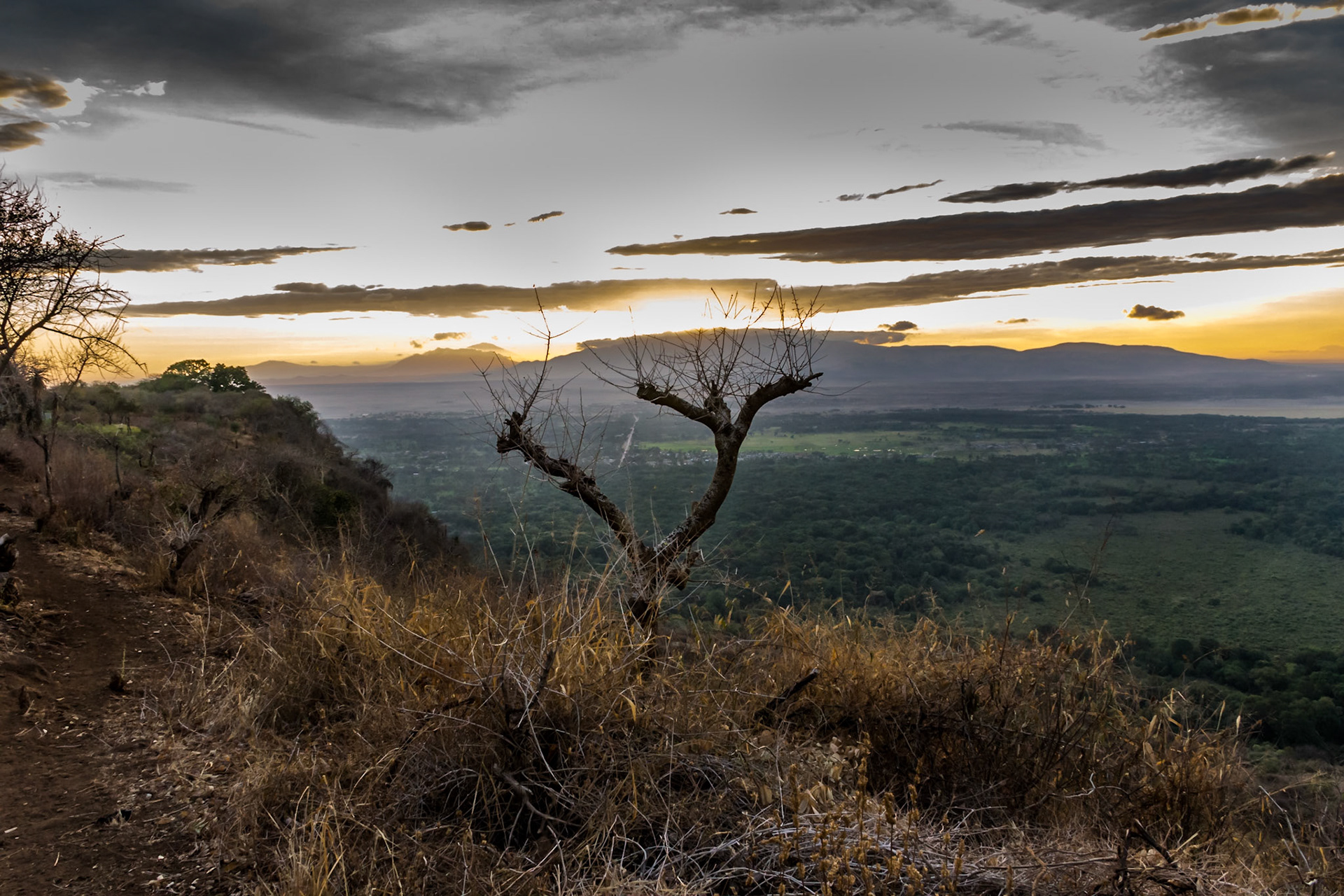
Early morning down onto the plains
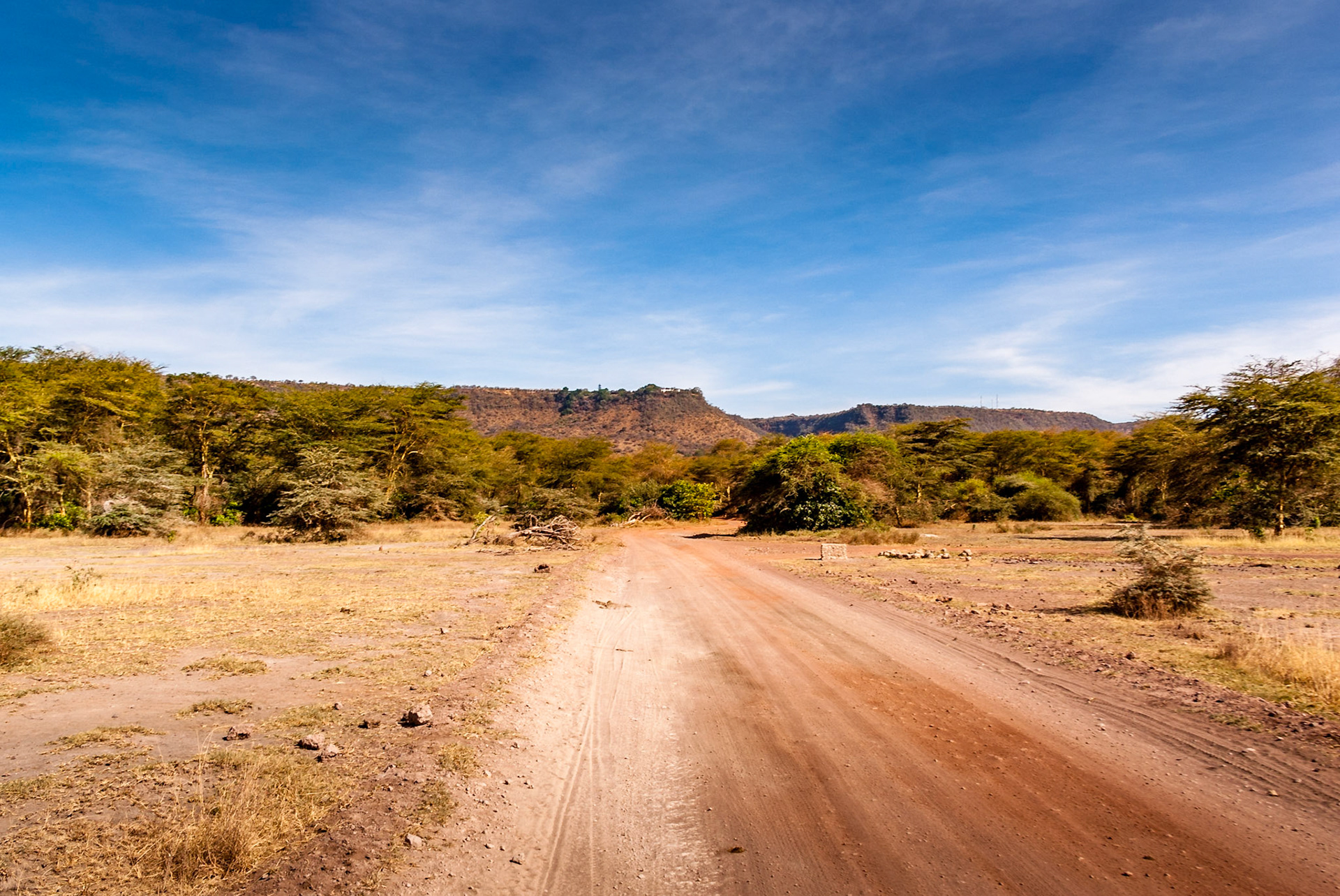
Road to somewhere?
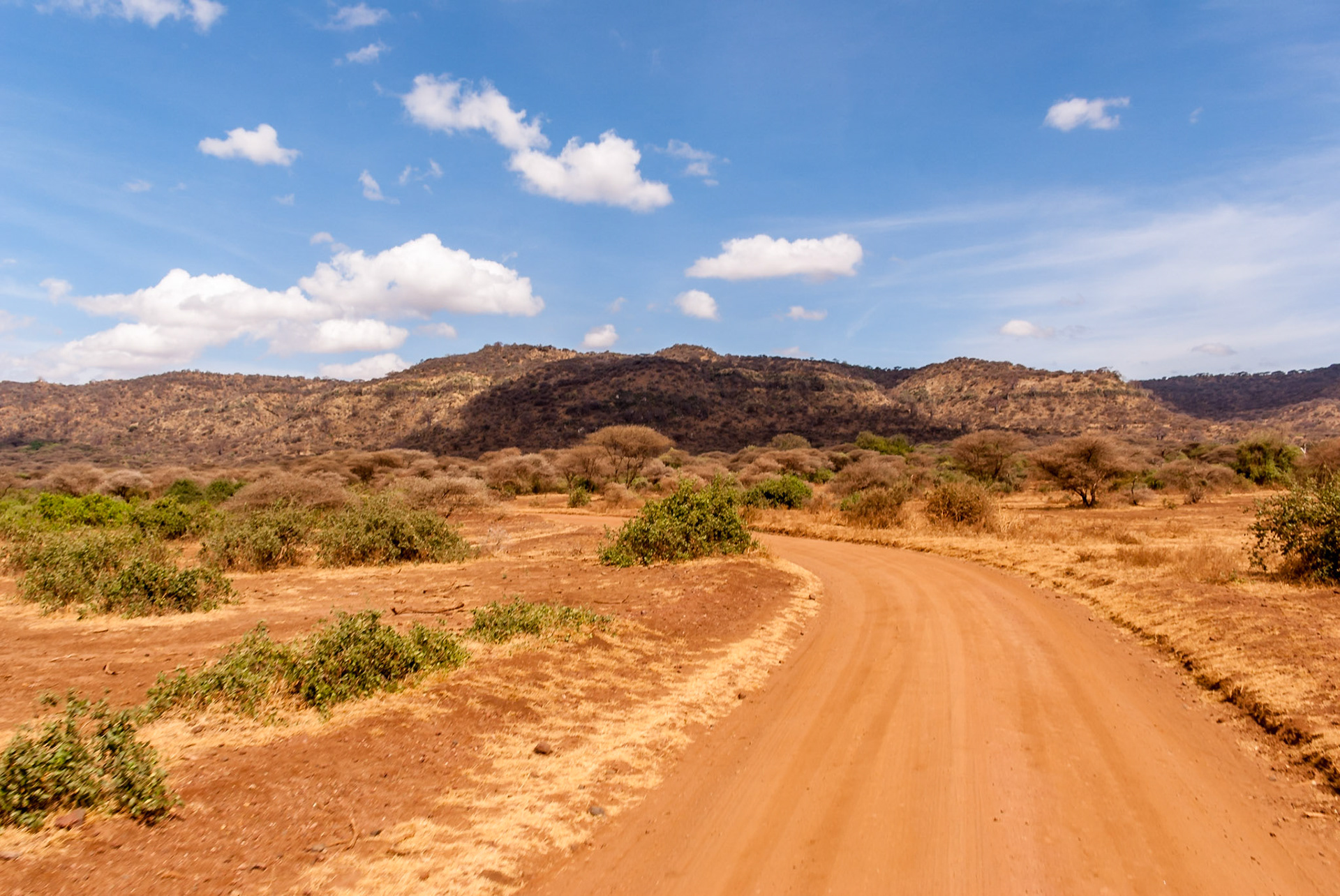
Lake Manyara National Park
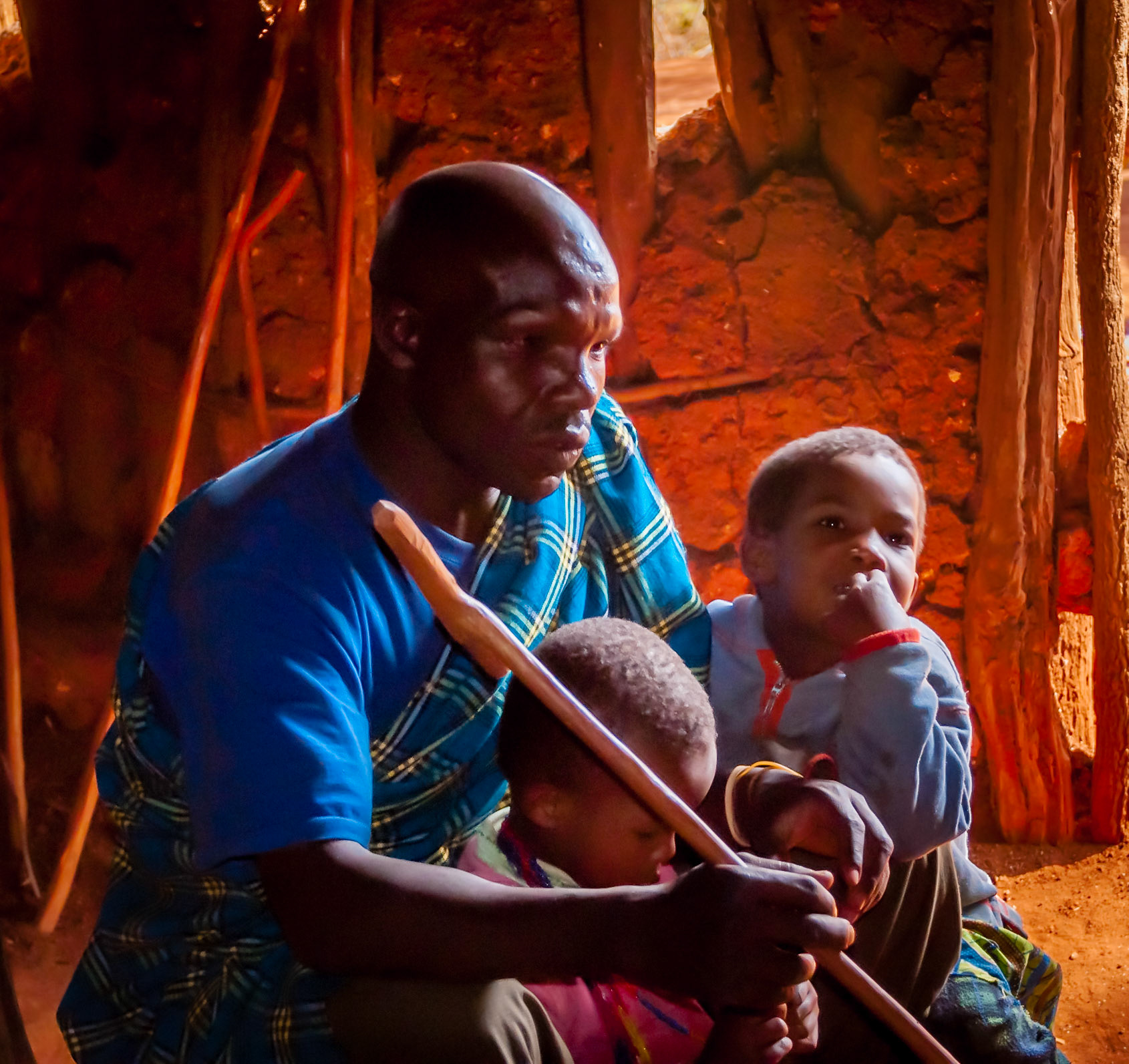
Our Iraque host & his boys
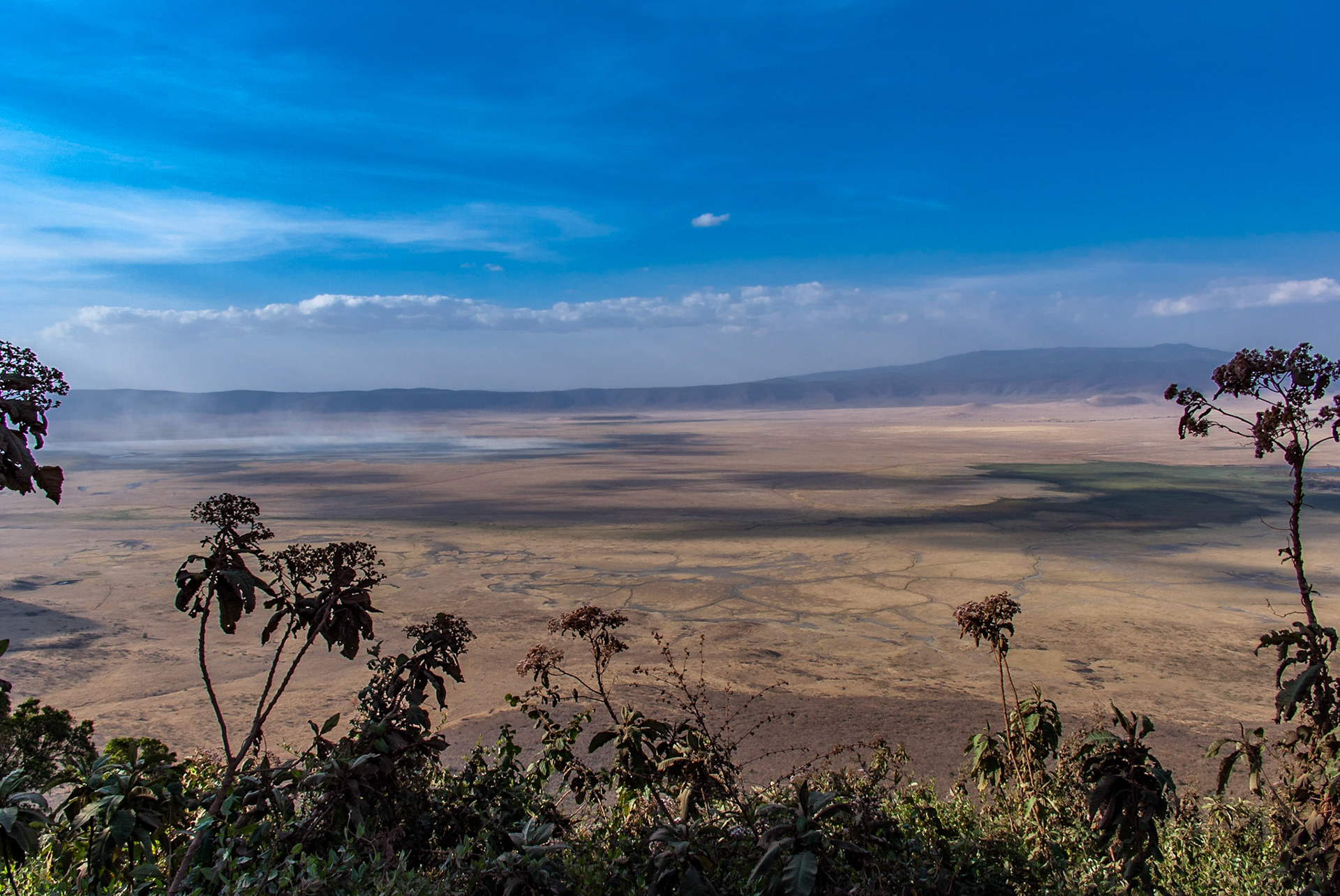
Plains, but no trains!
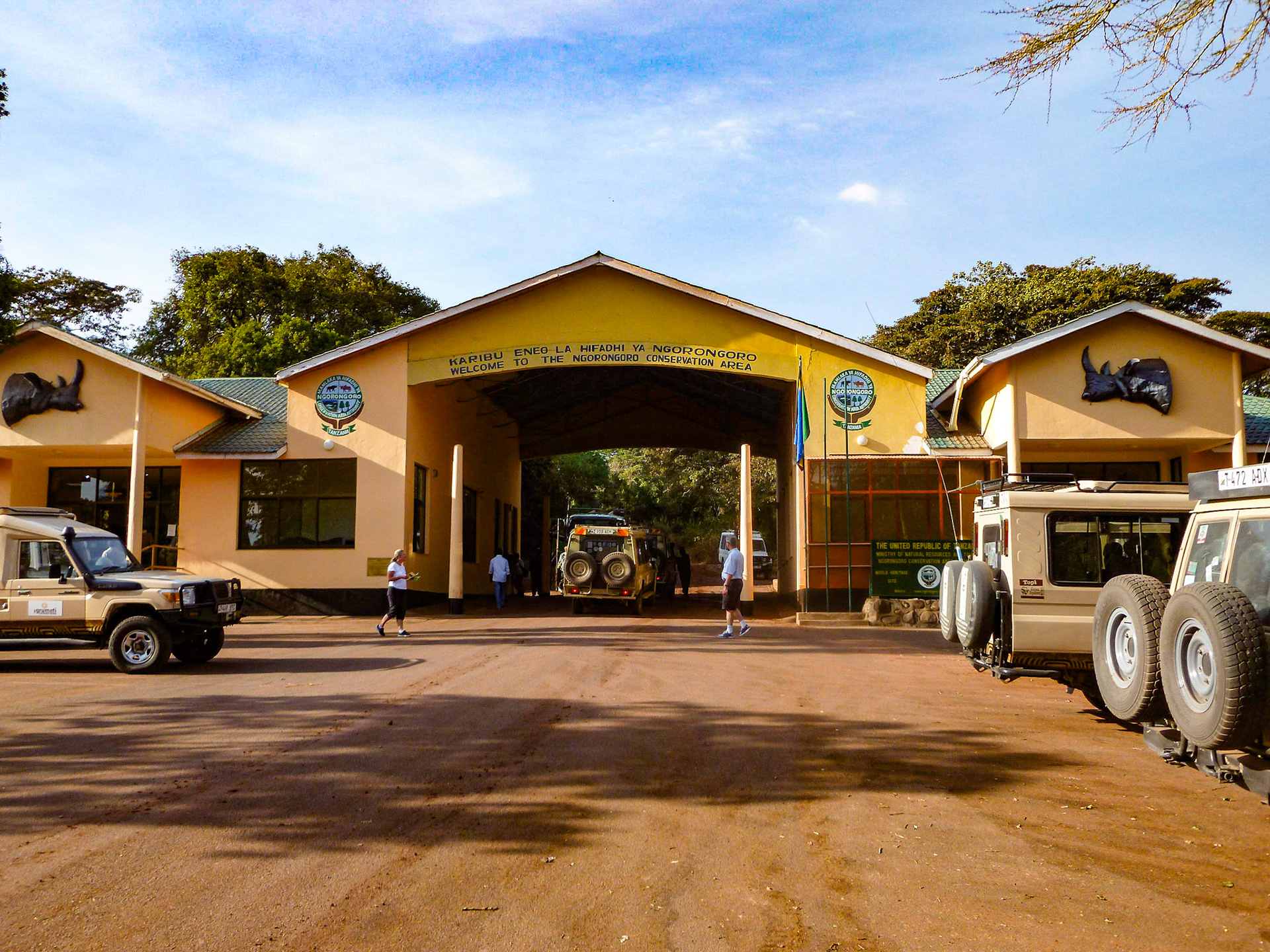
Gateway to the Ngorogoro Crater Park

Sunset over the Ngororgoro Crater
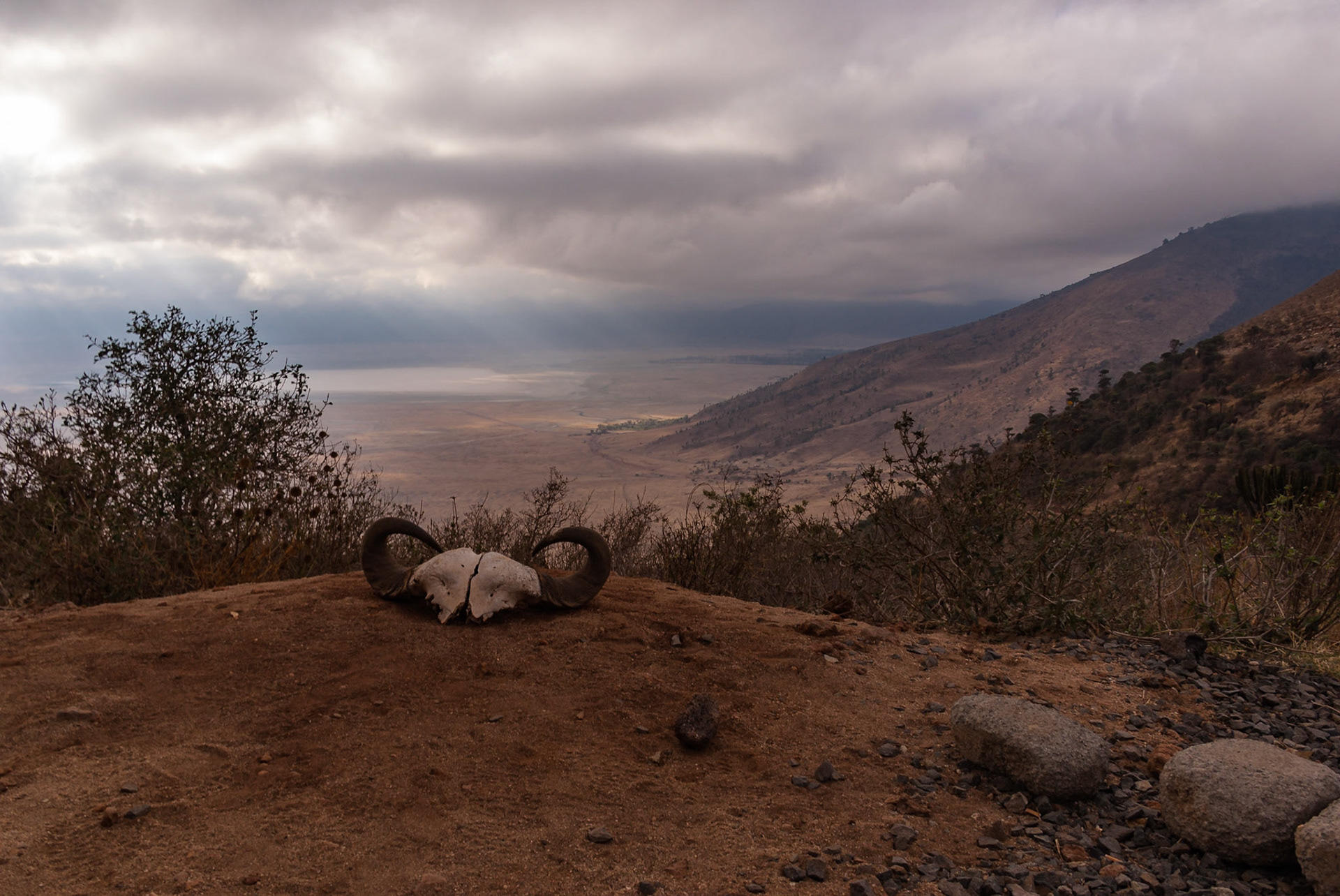
Skeletal remains at the gates to the Crater - a regular sight on Safari!

First Rays on the Ngorogor Crater
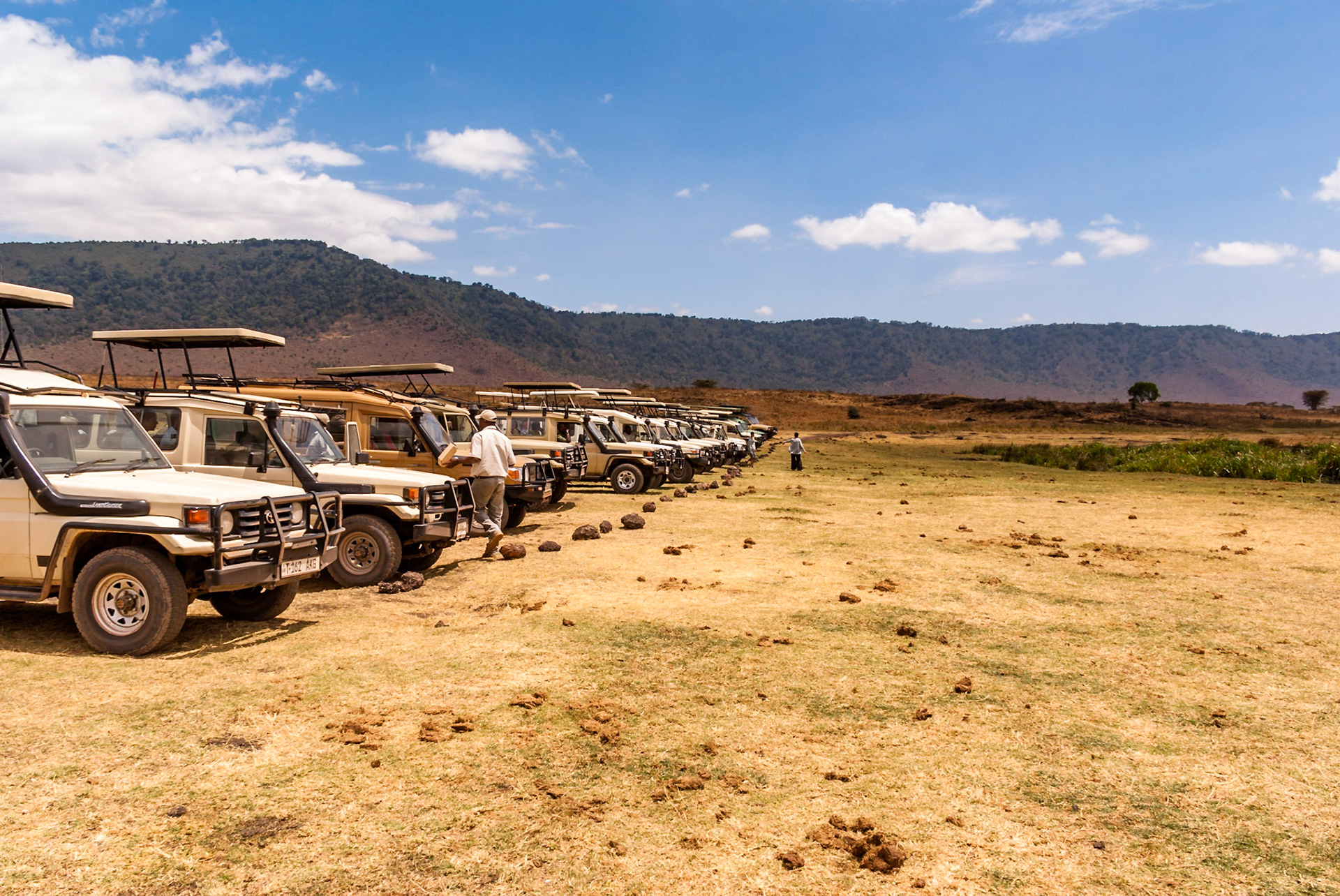
Lunch Stop in the Crater.Another equally long line of jeeps at 90 deg. to this one
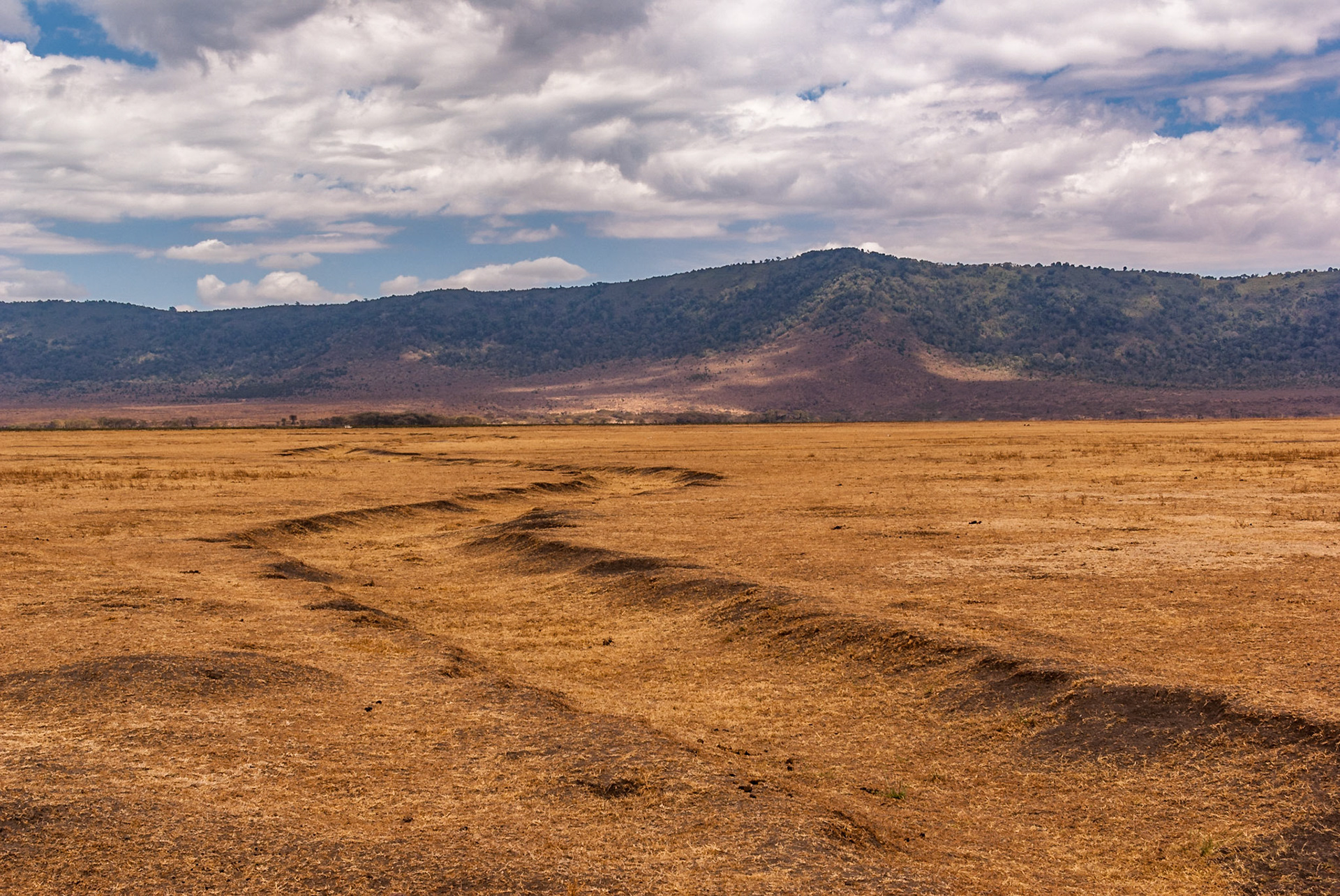
Signs of a previous fracture in the surface? Ngorogor Crater
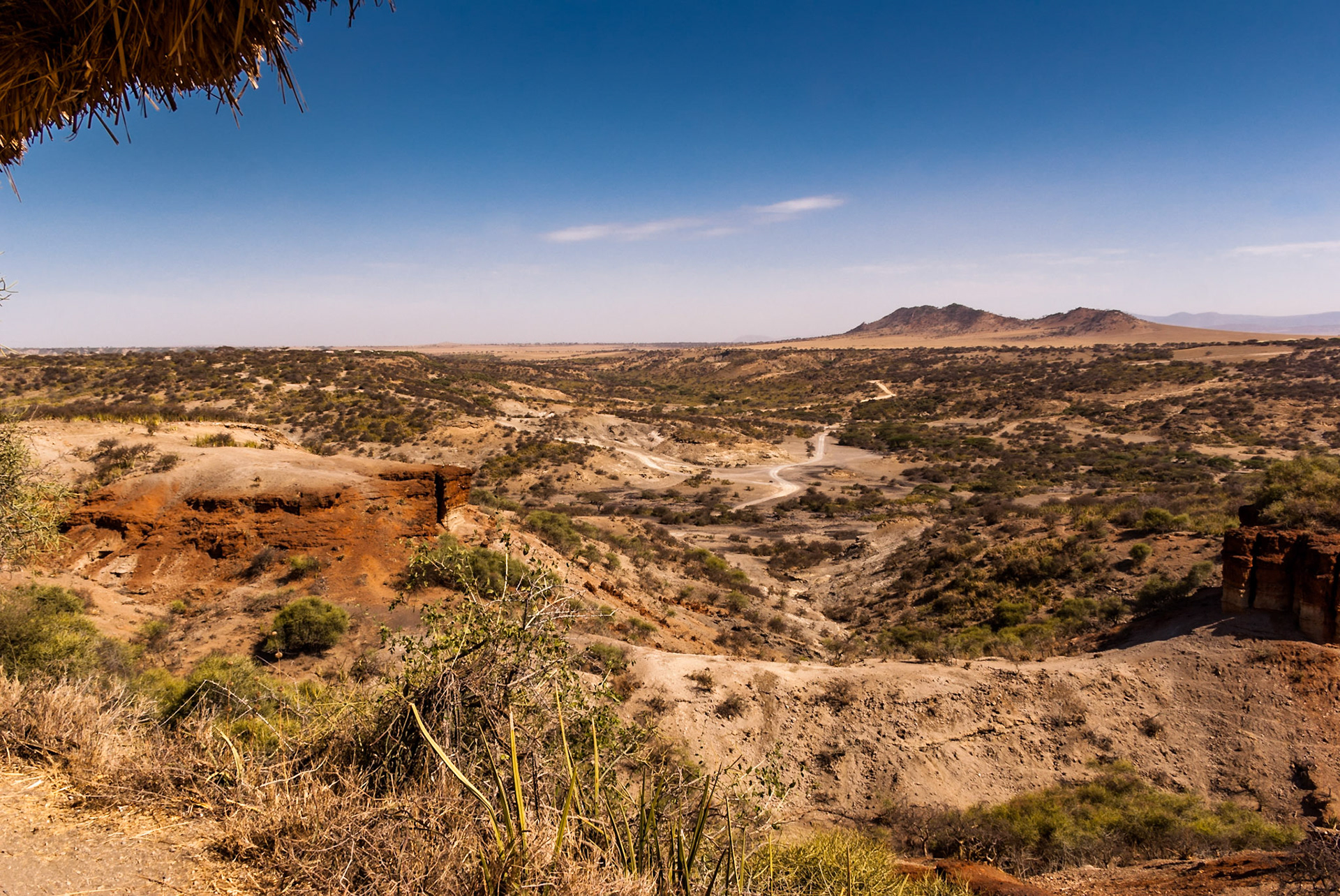
Oldupi Gorge, near the Serengeti
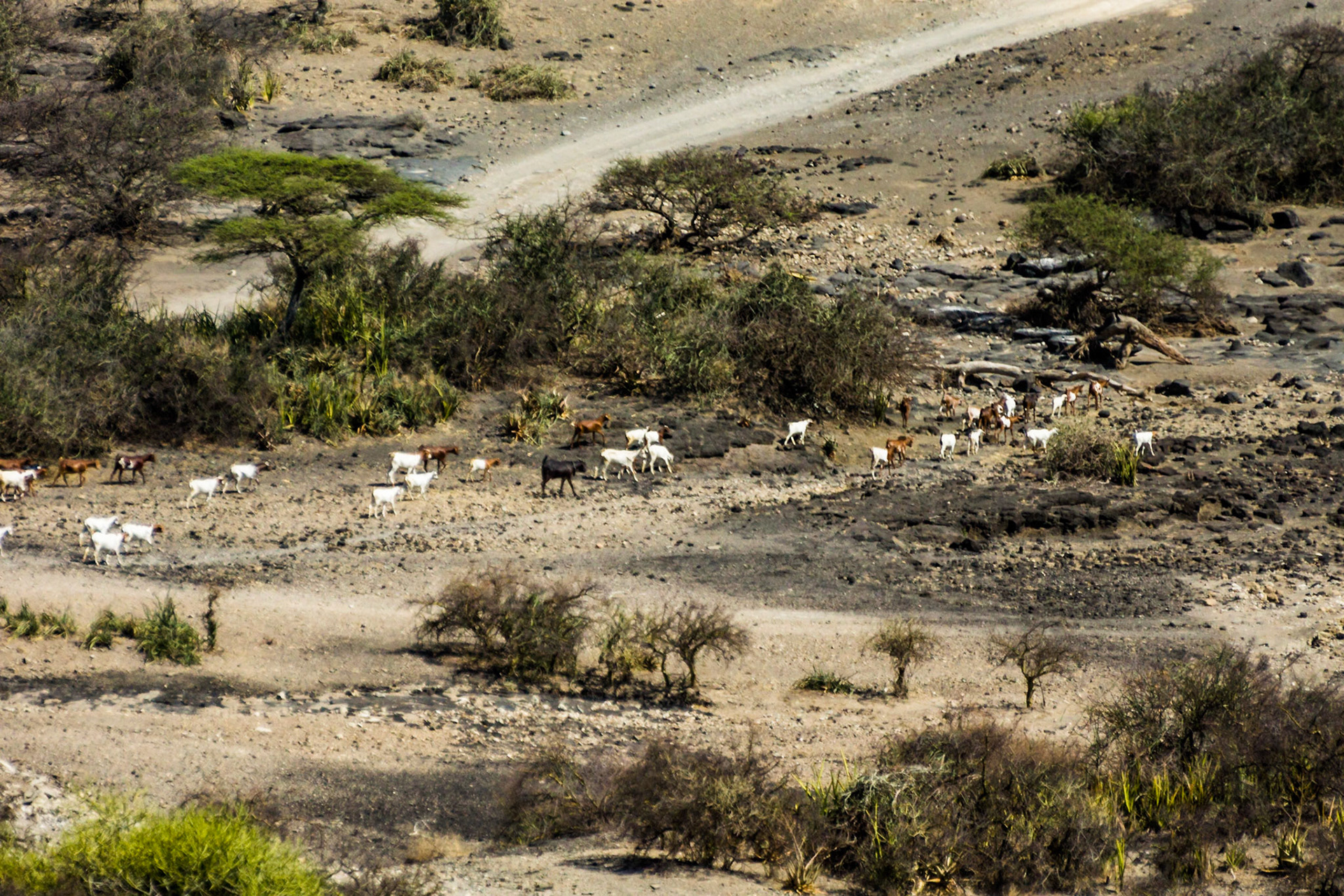
razing in the Gorge
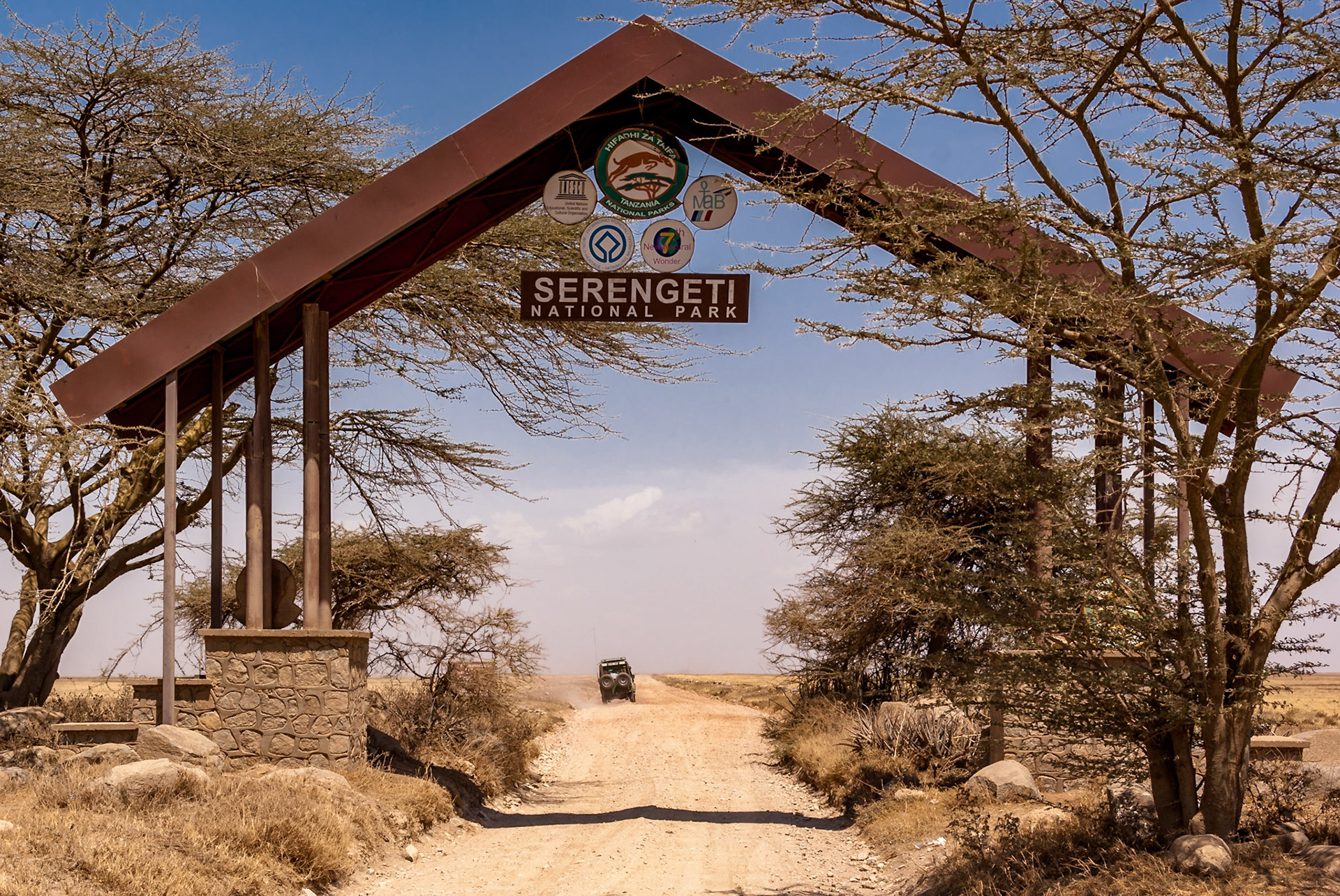
Entering the Serengeti
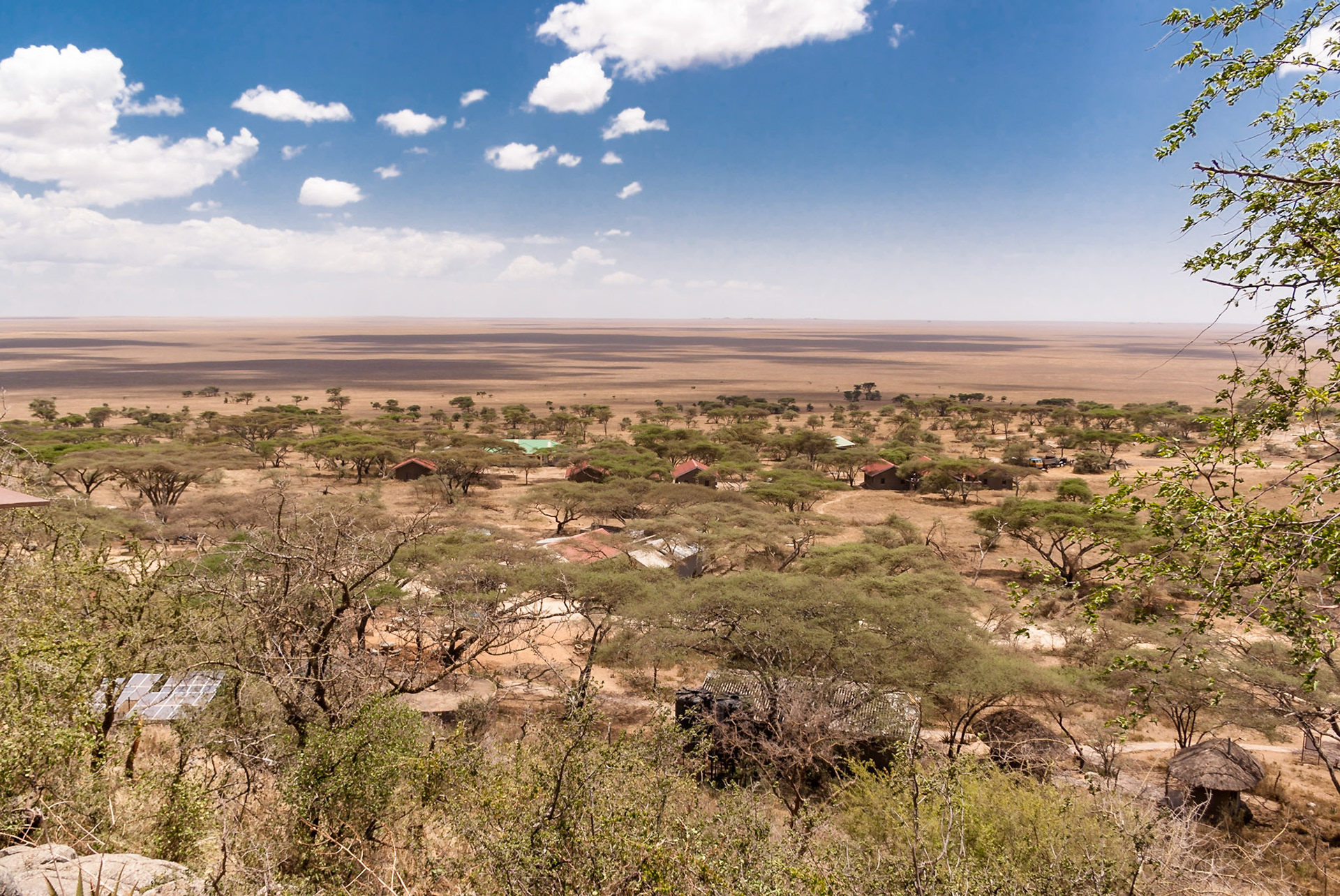
View of the Serengeti Plains from Naab Hill
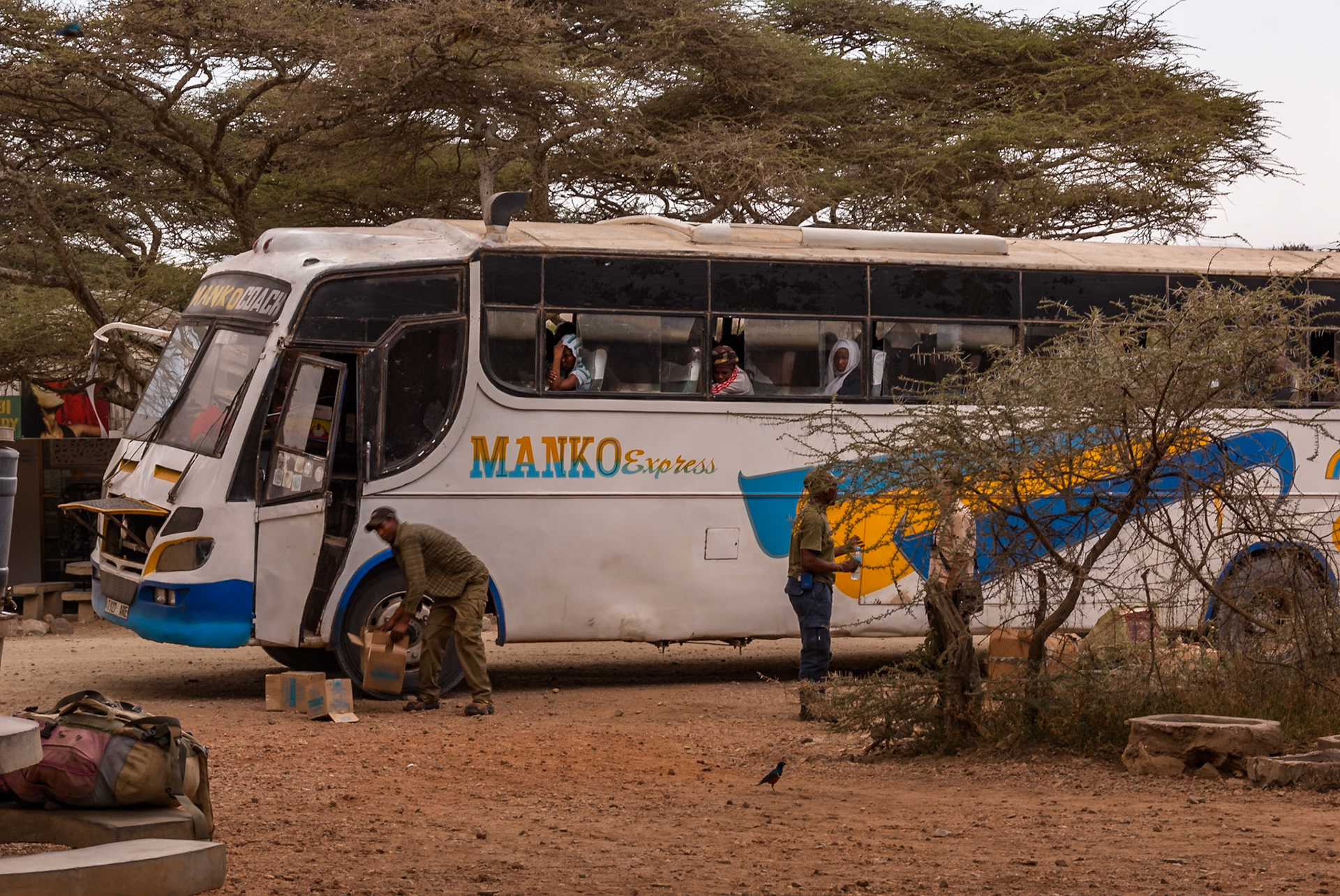
The Local Bus Service. Seemed to be hundreds of people getting of this one!
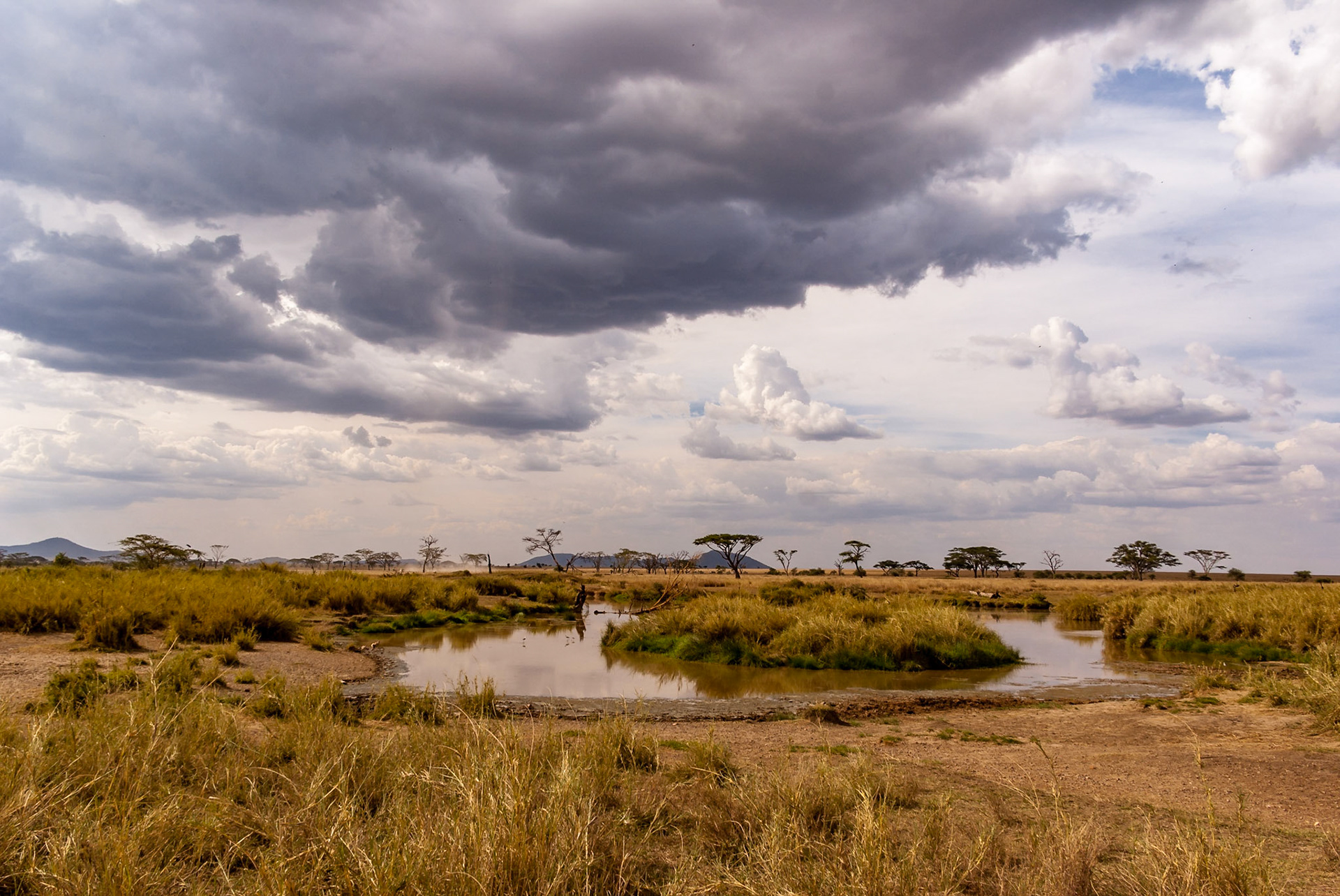
Bend in the River, Serengeti, Tanzania
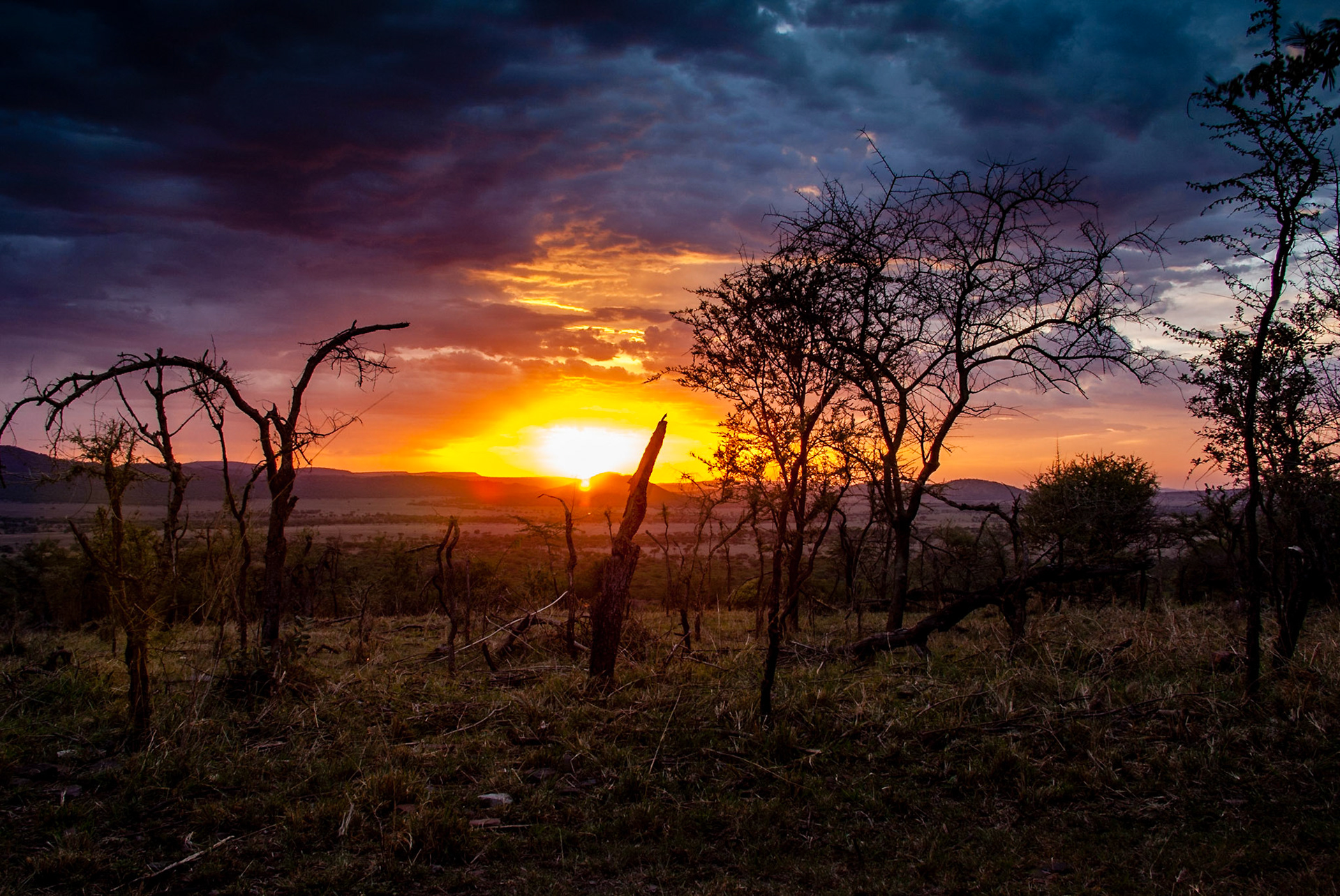
Fiery Sunset, Serengeti, Tanzani

Serengeti Lodges
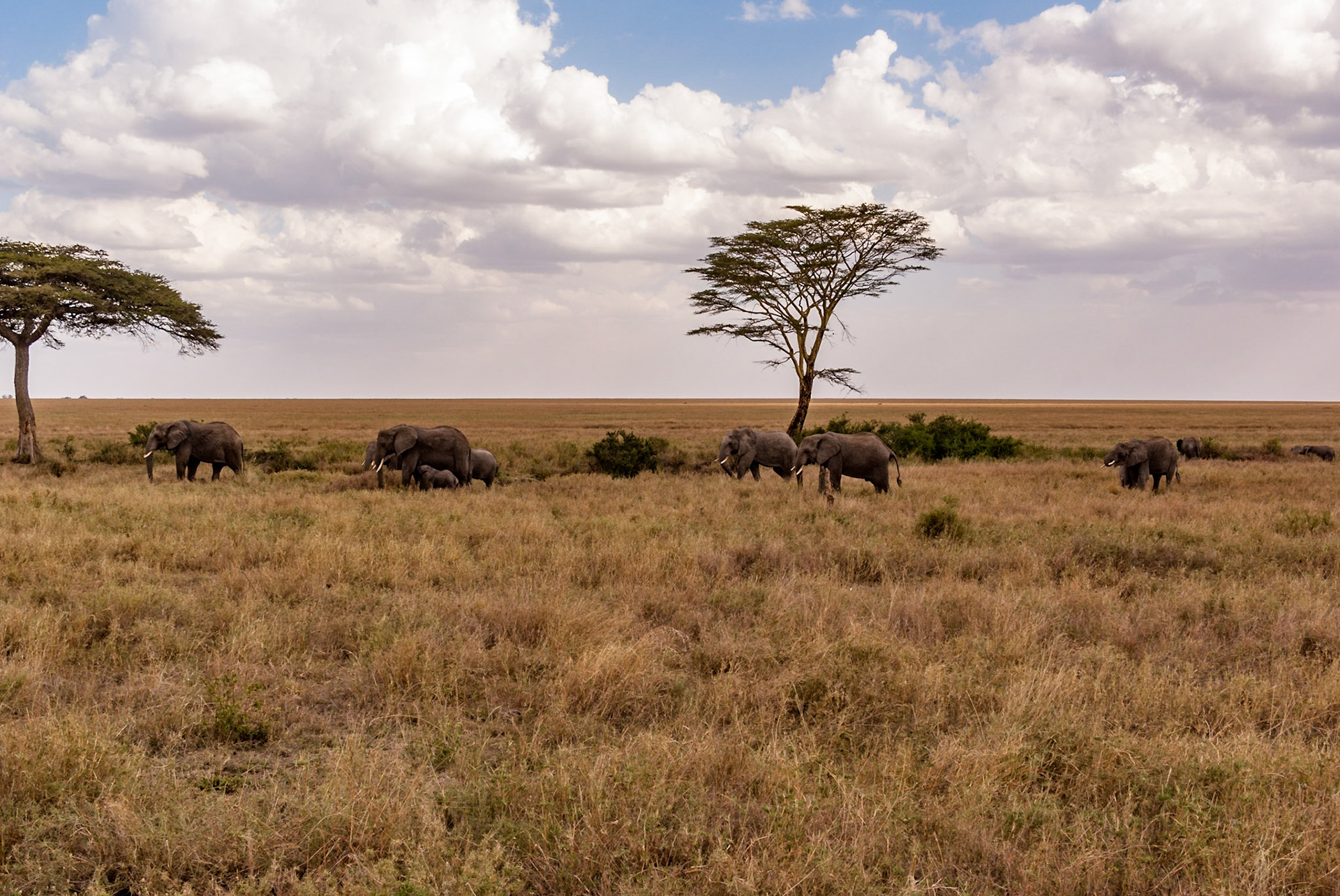
Acacia Trees, Serengeti, Tanzania
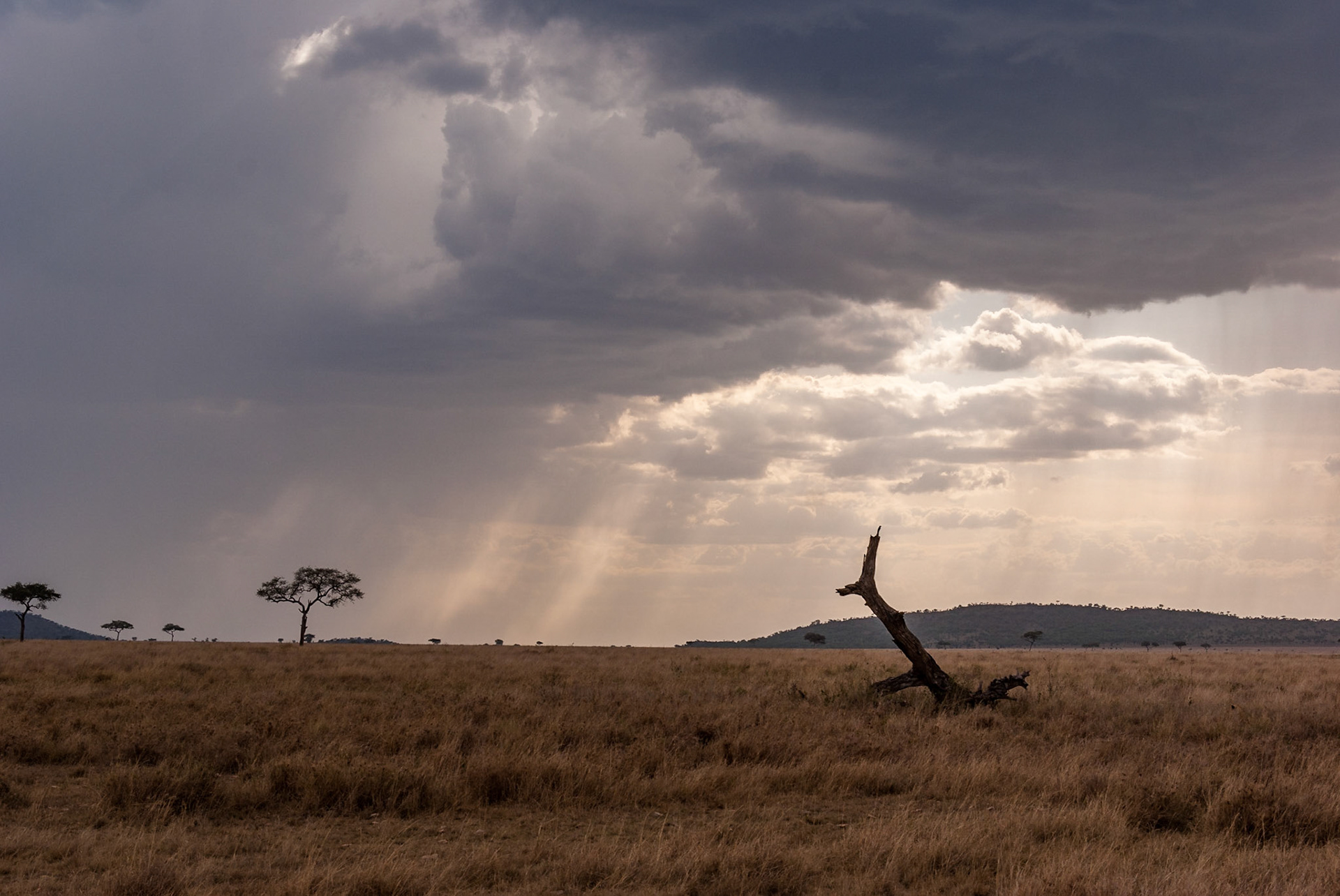
Shafts of light on the Serengeti, Tanzania
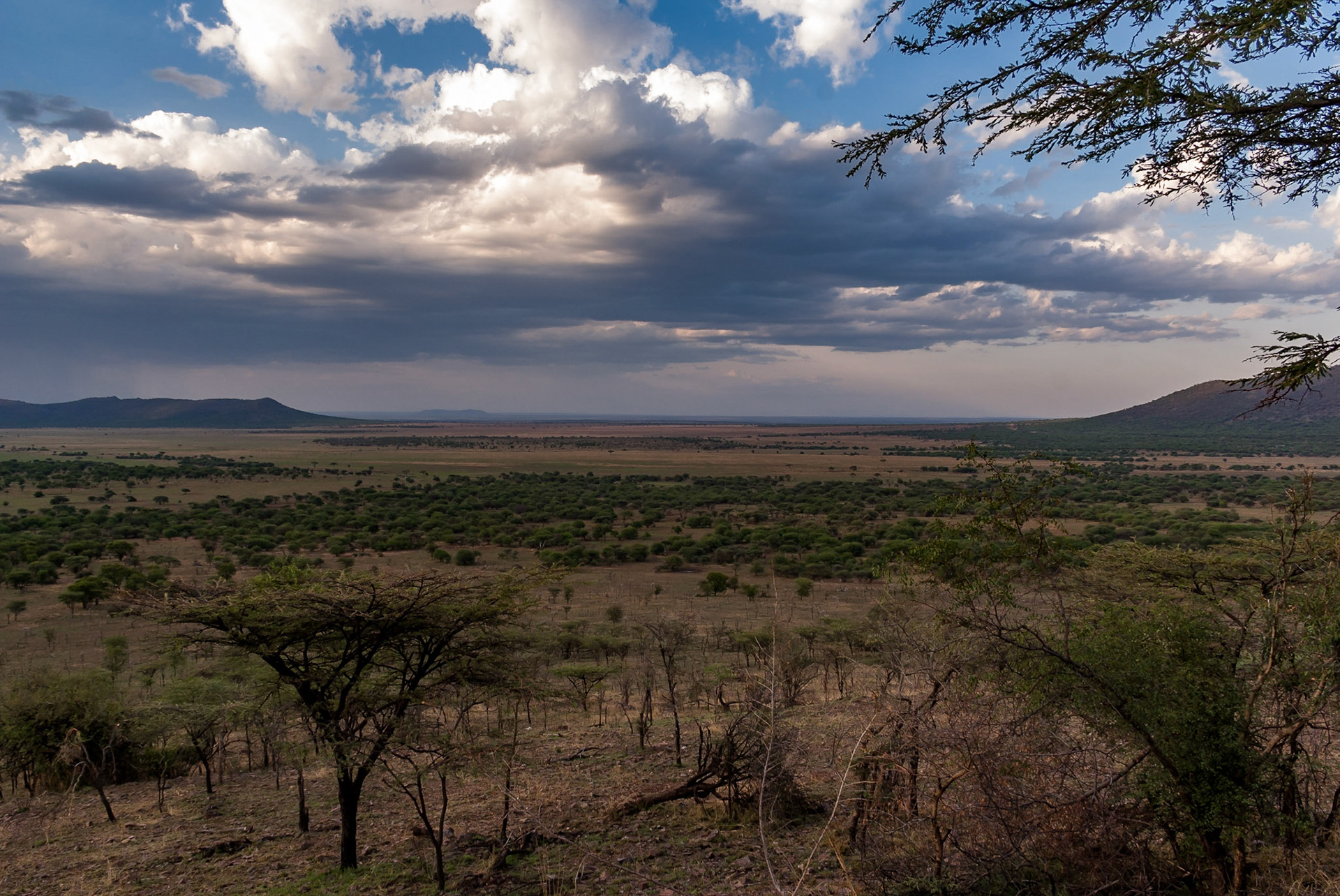
Serengeti Plains
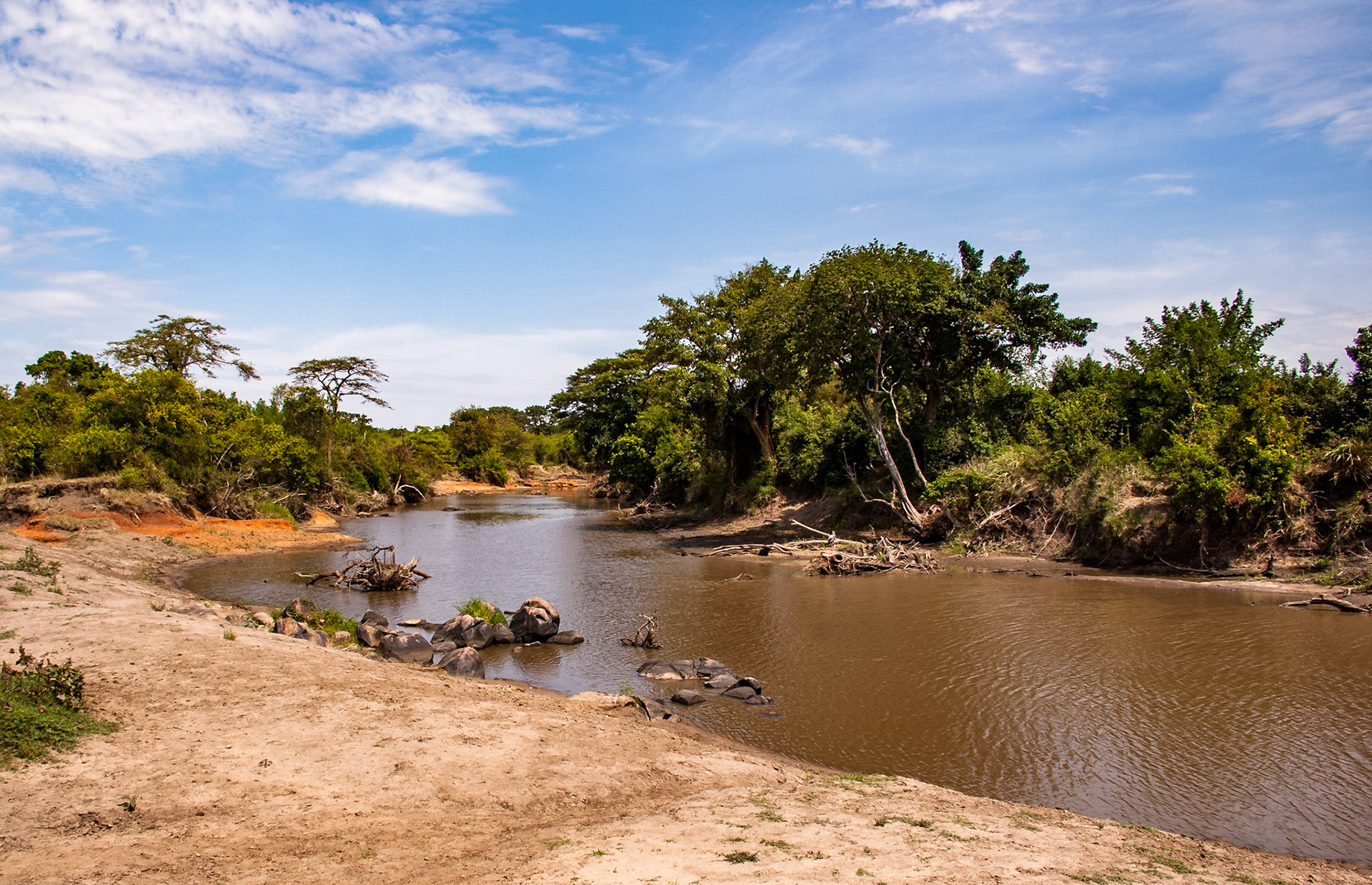
Grumeti River, Western Serengeti
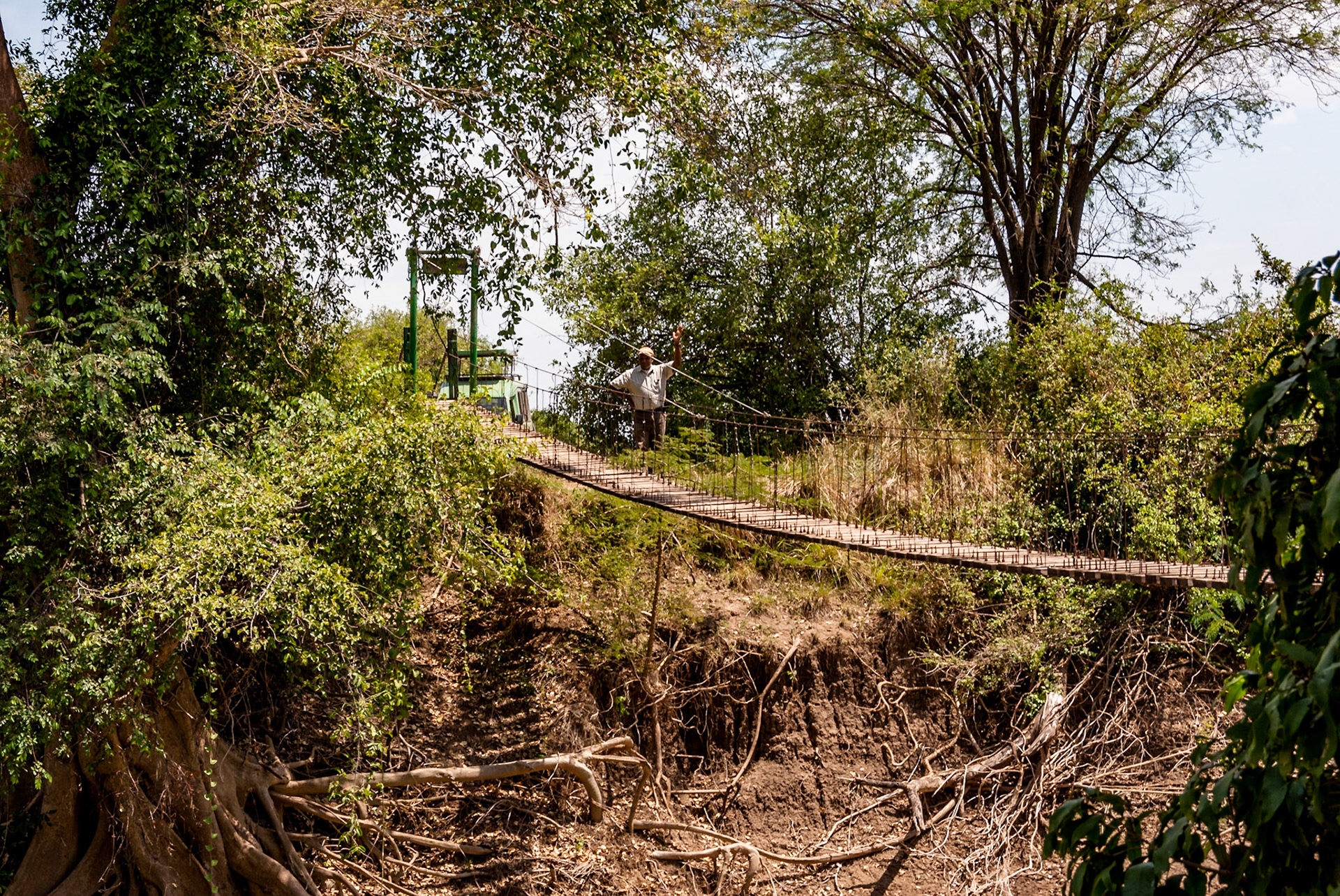
Our guide, Billie looking down on a rope bring, Serengeti, Tanzania
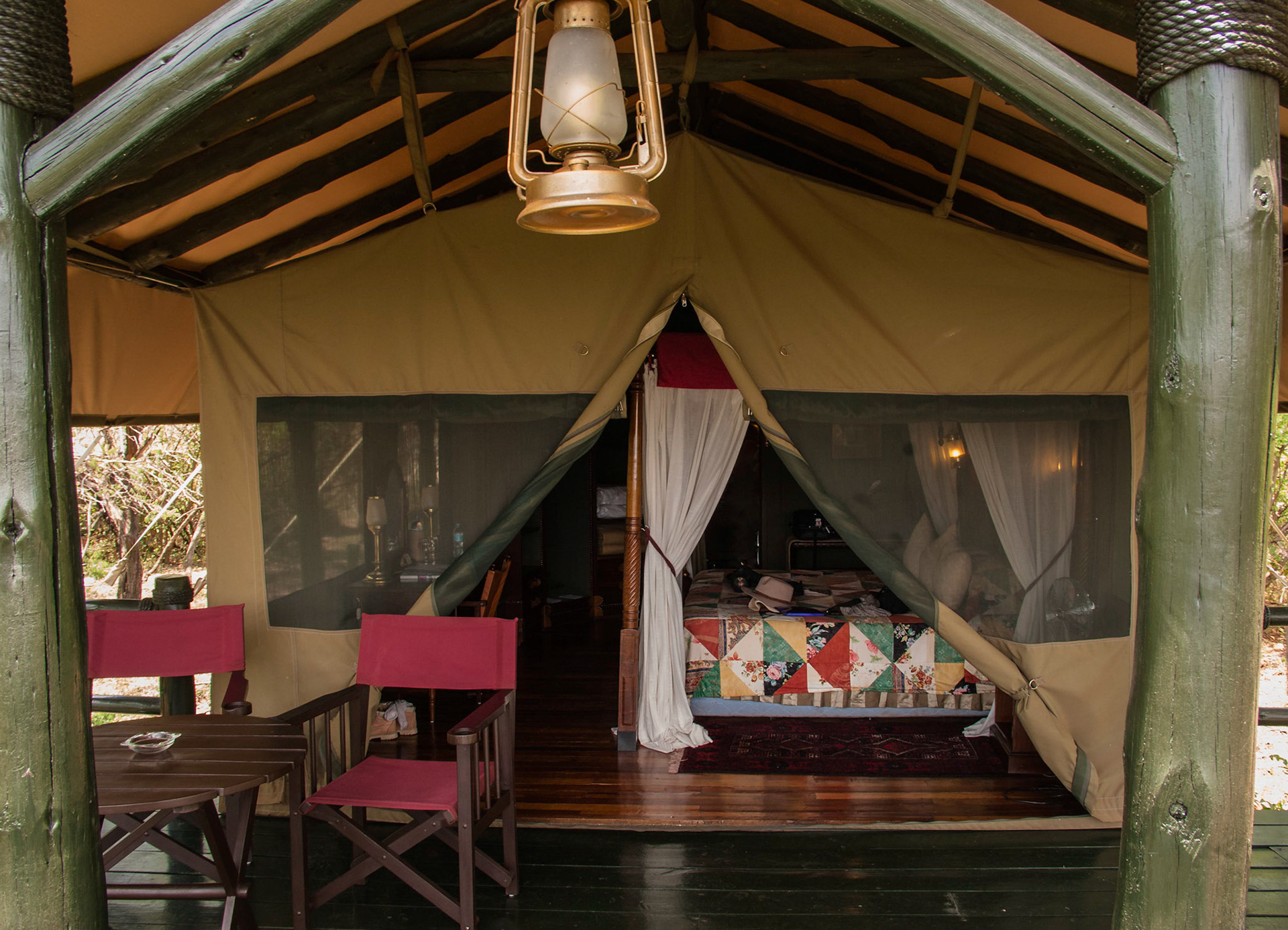
Kirawira Tented encampment, Western Serengeti, Tanzania

Edwardian splendour, Kirawira Camp, Western Serengeti
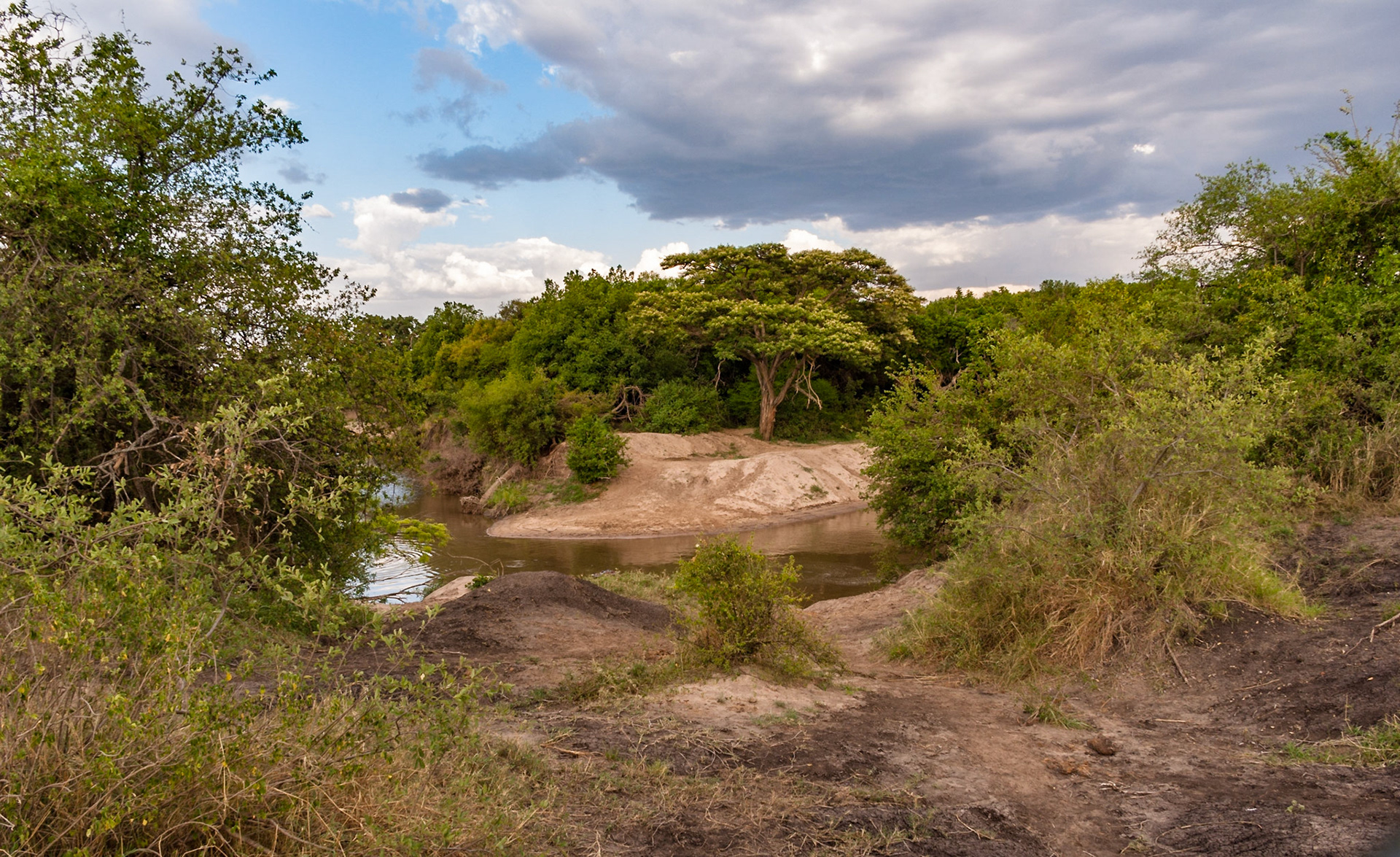
River view, Grumeti River, Western Serengeti, Tanzania
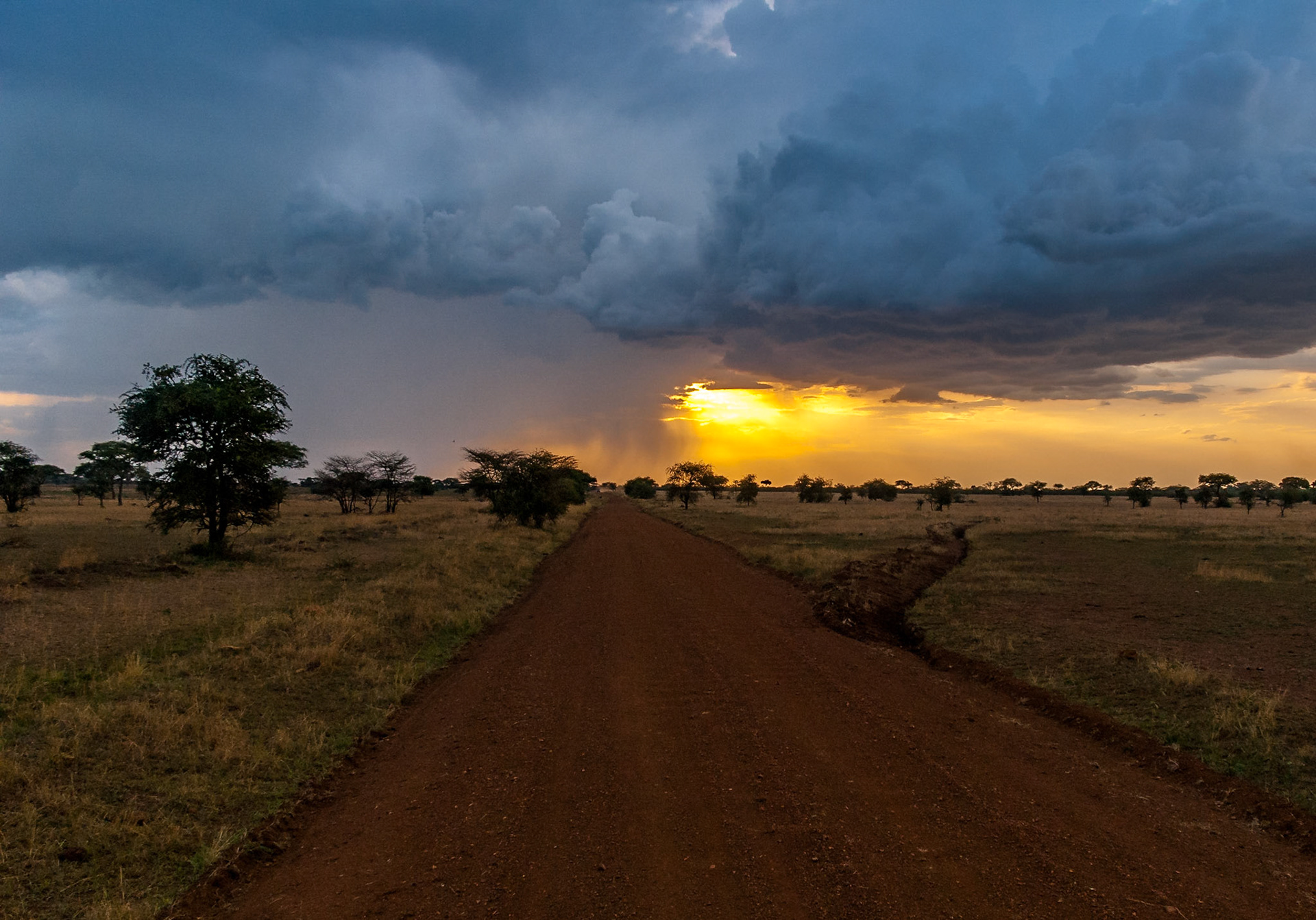
Storm clouds building at Sunset, Western Serengeti, Tanzania
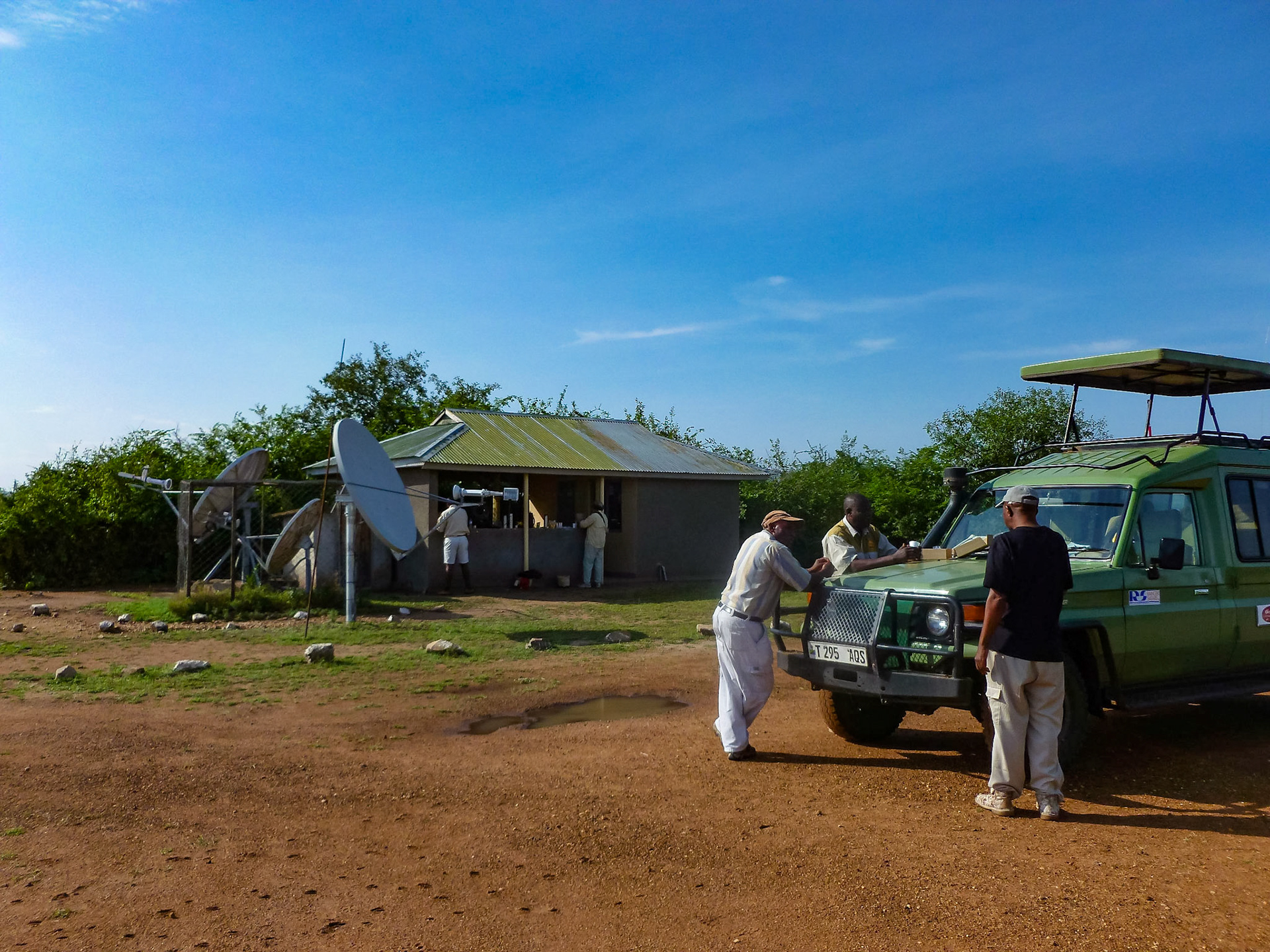
Grumeti airstrip, terminal building
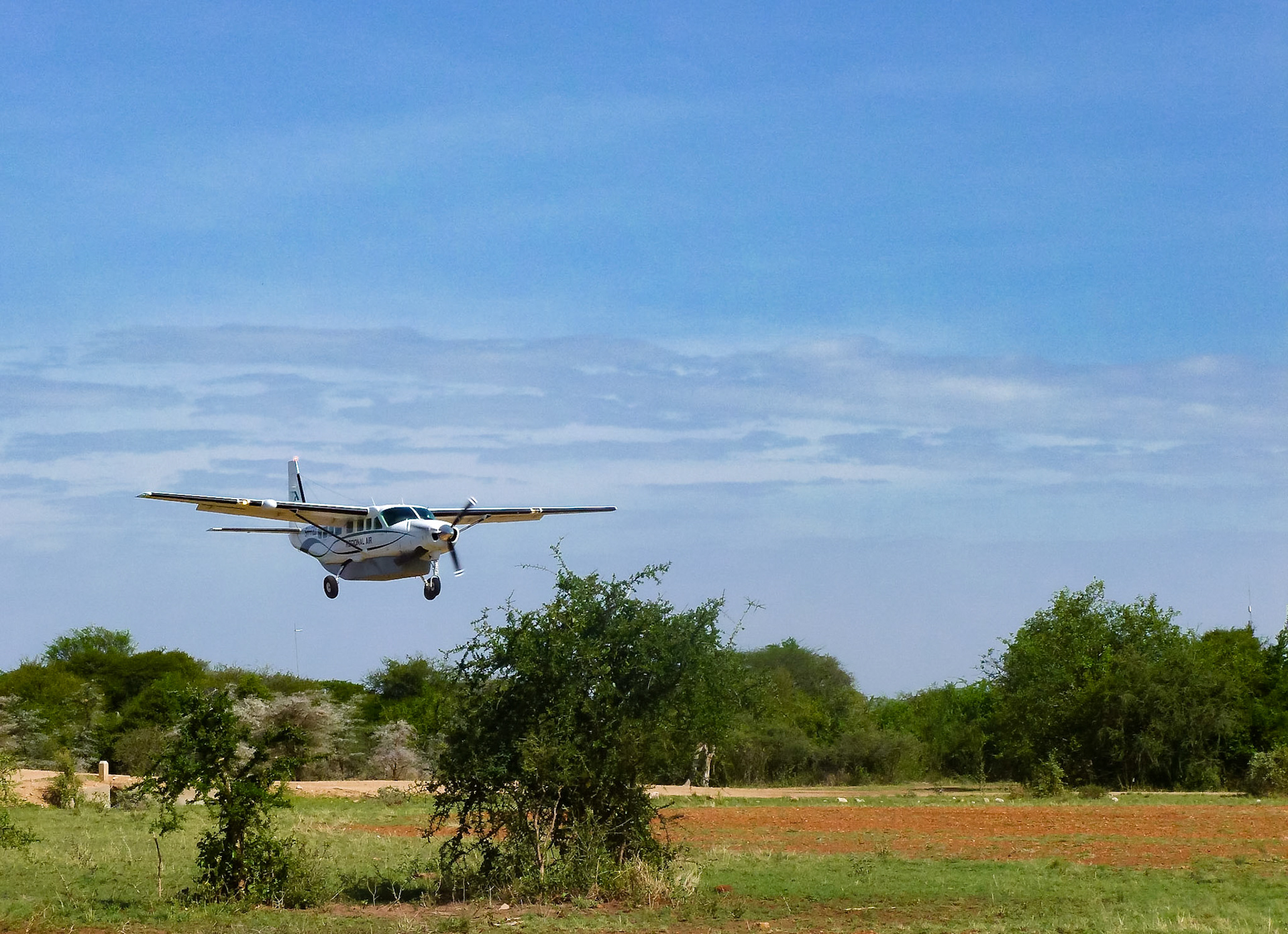
Our flight arriving, Grumeti Airstrip, Western Serengeti, Tanzania
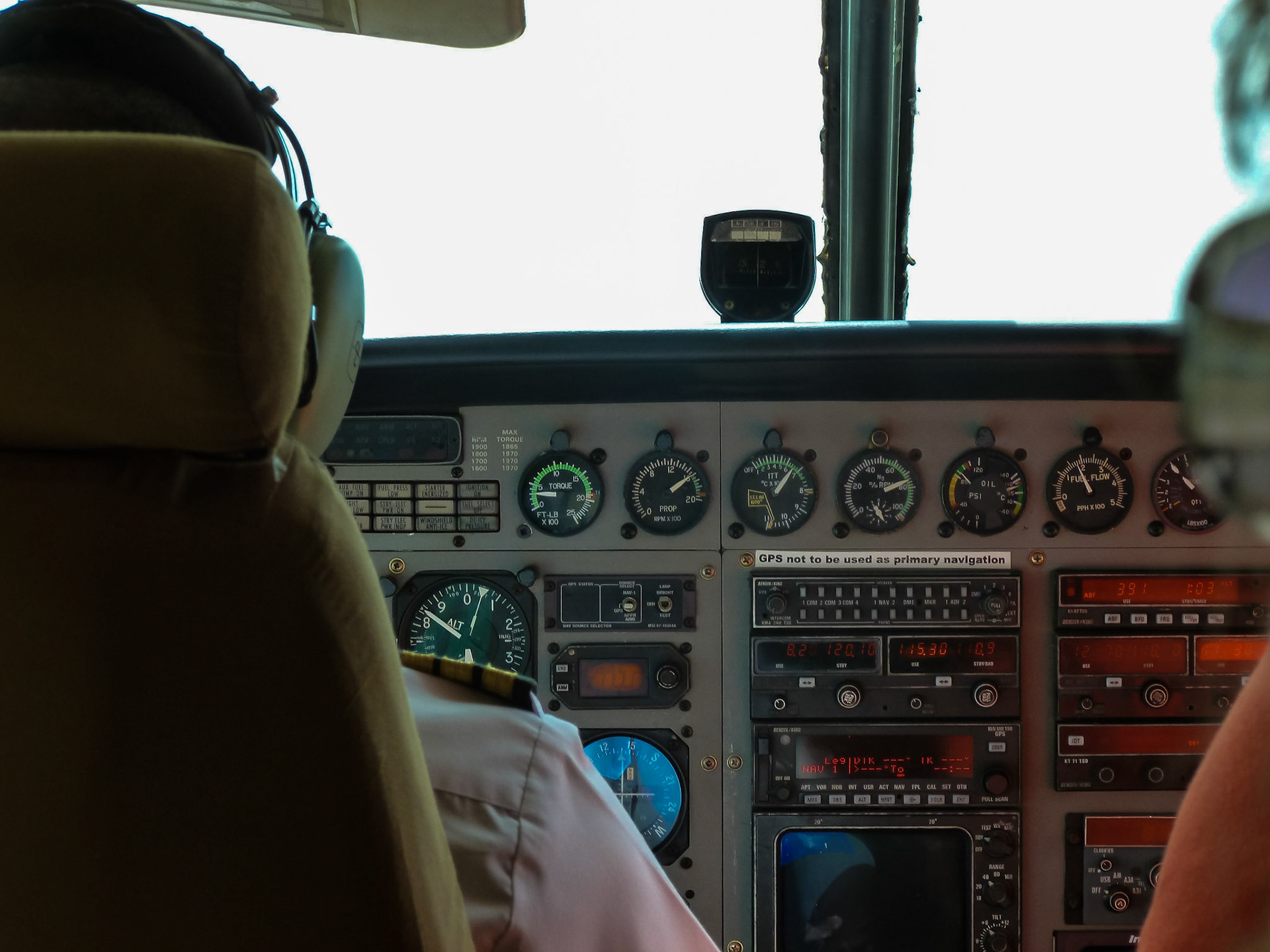
Up close & person with the Captain on these flights!
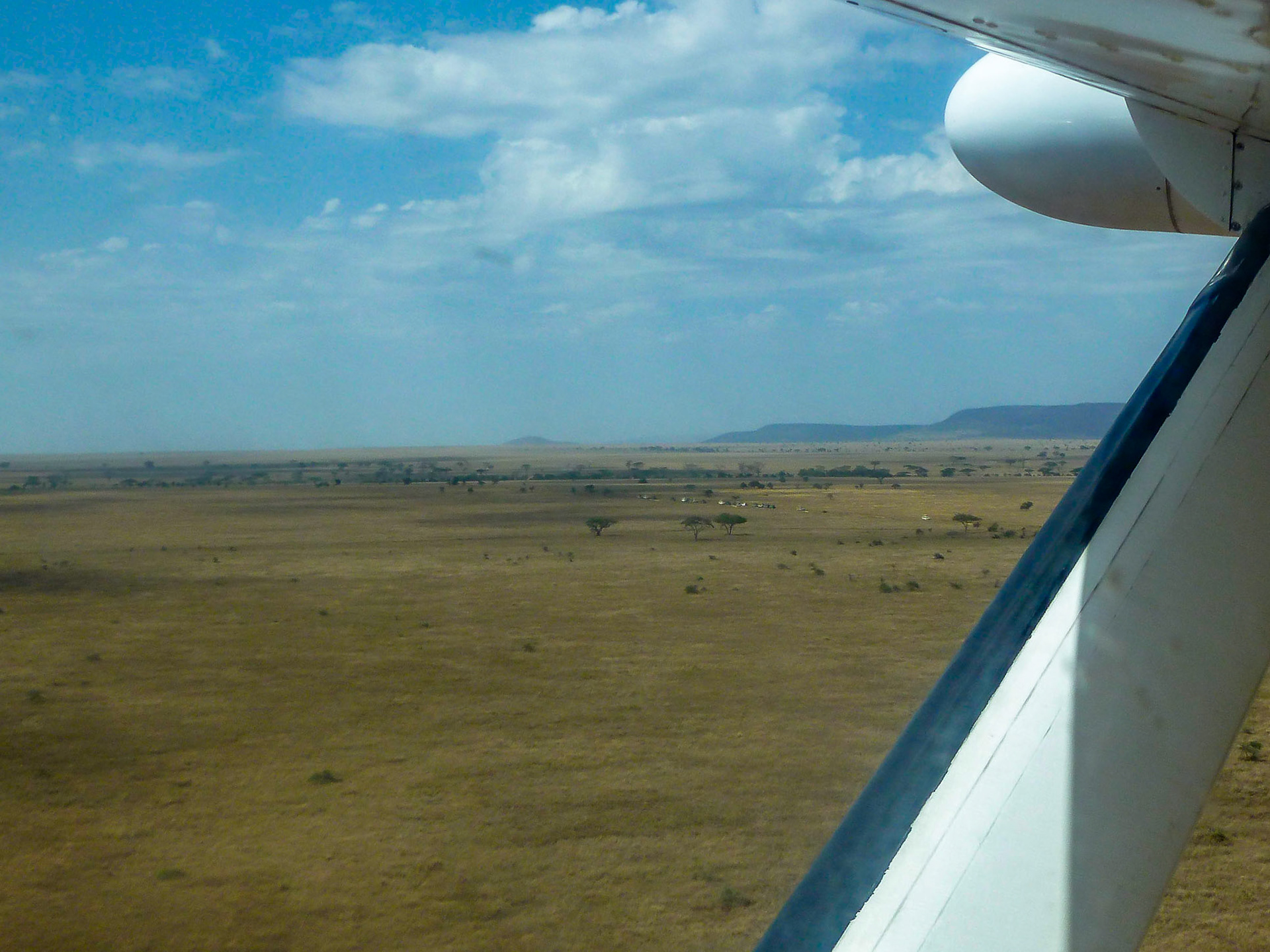
The expanse of the Serengeti plains
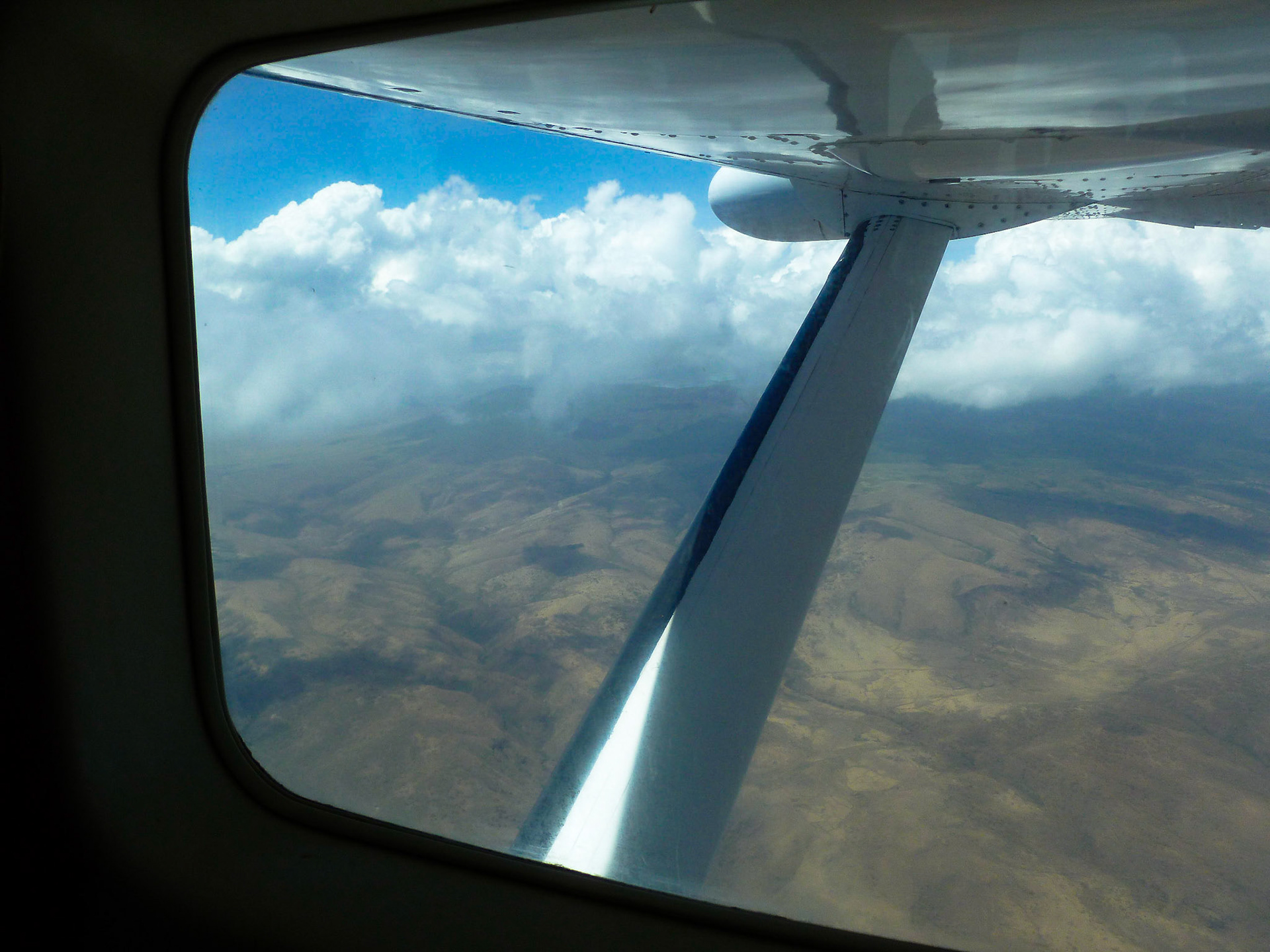
Looks like rain over those hills! en route back to Arusha
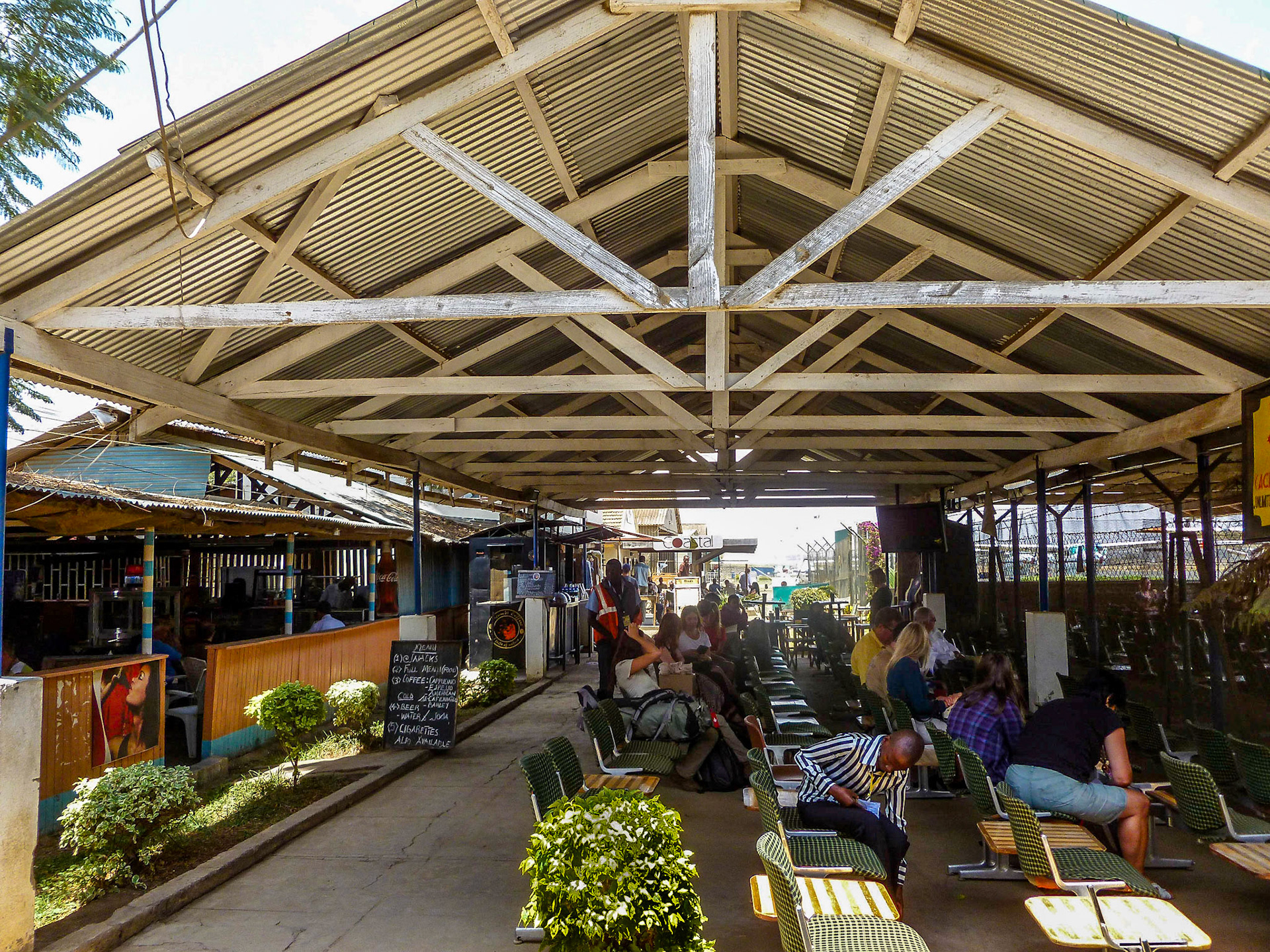
Departure Lounge, Arusha Airport, Tanzania
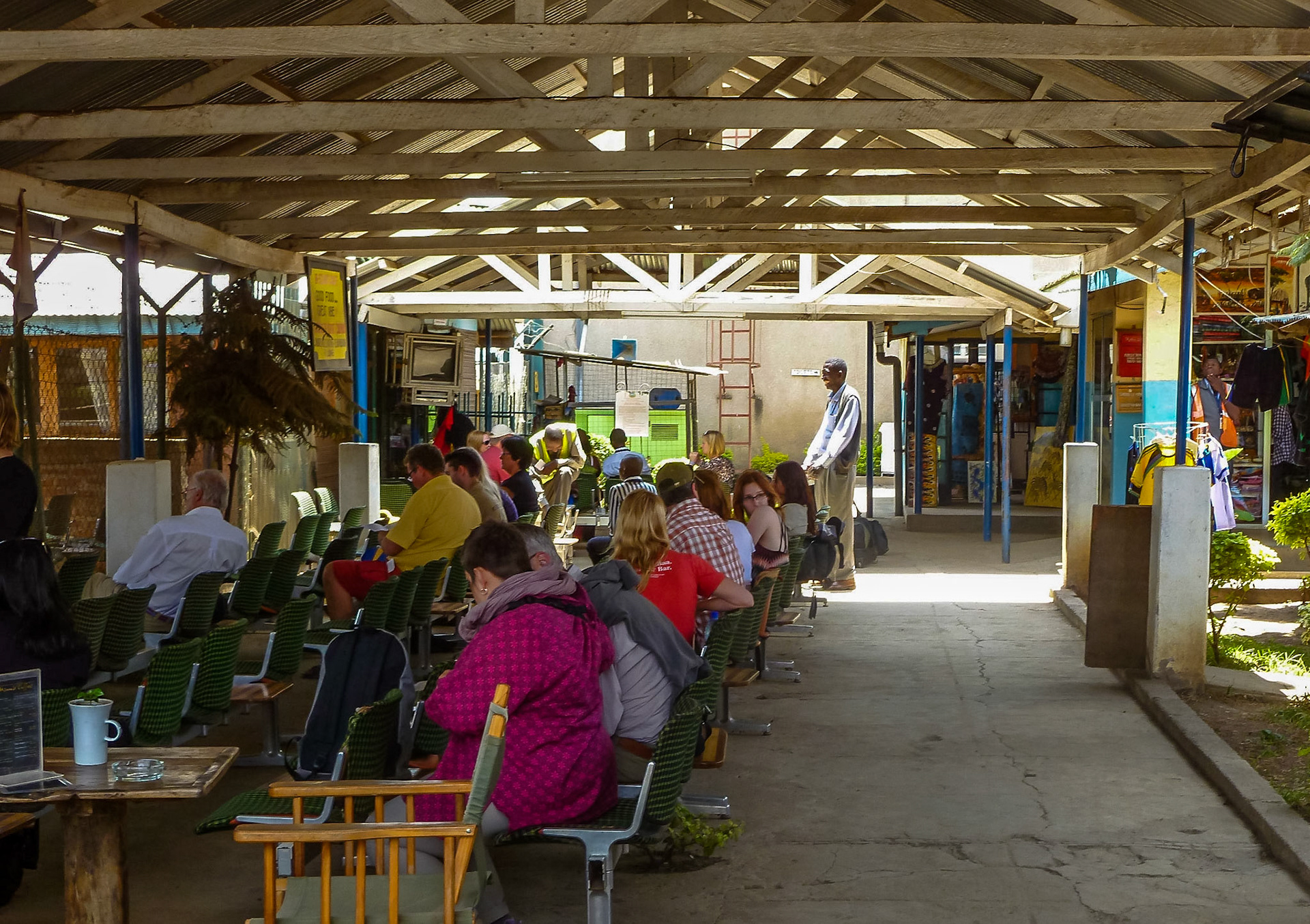
Arusha Airport, Tanzania
